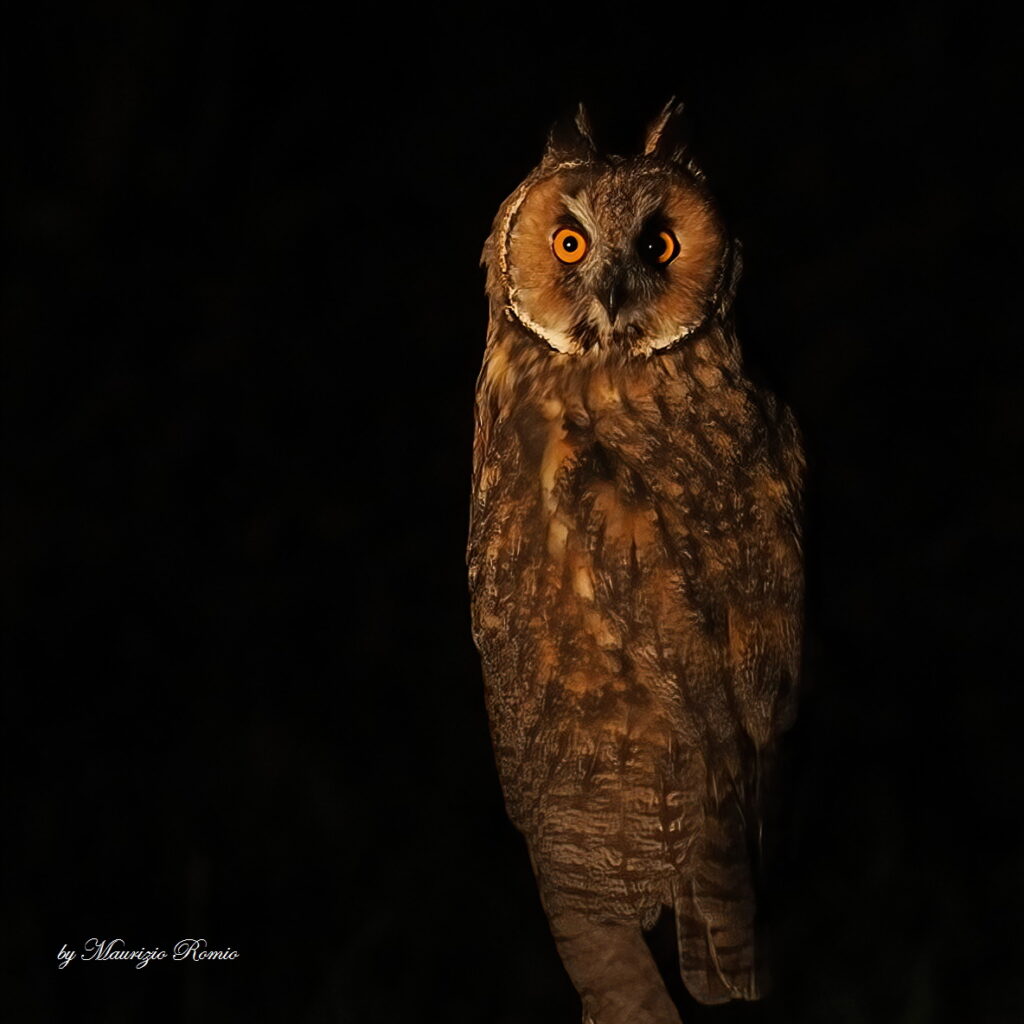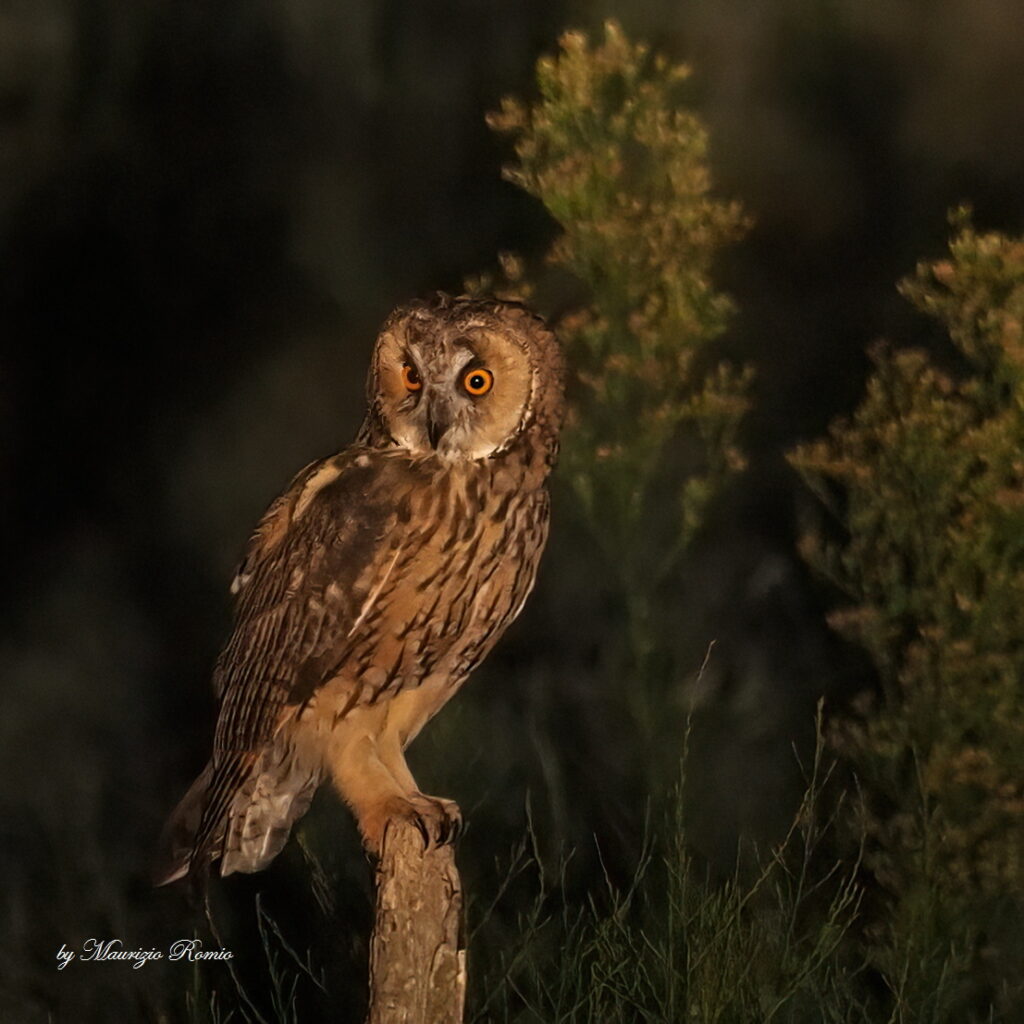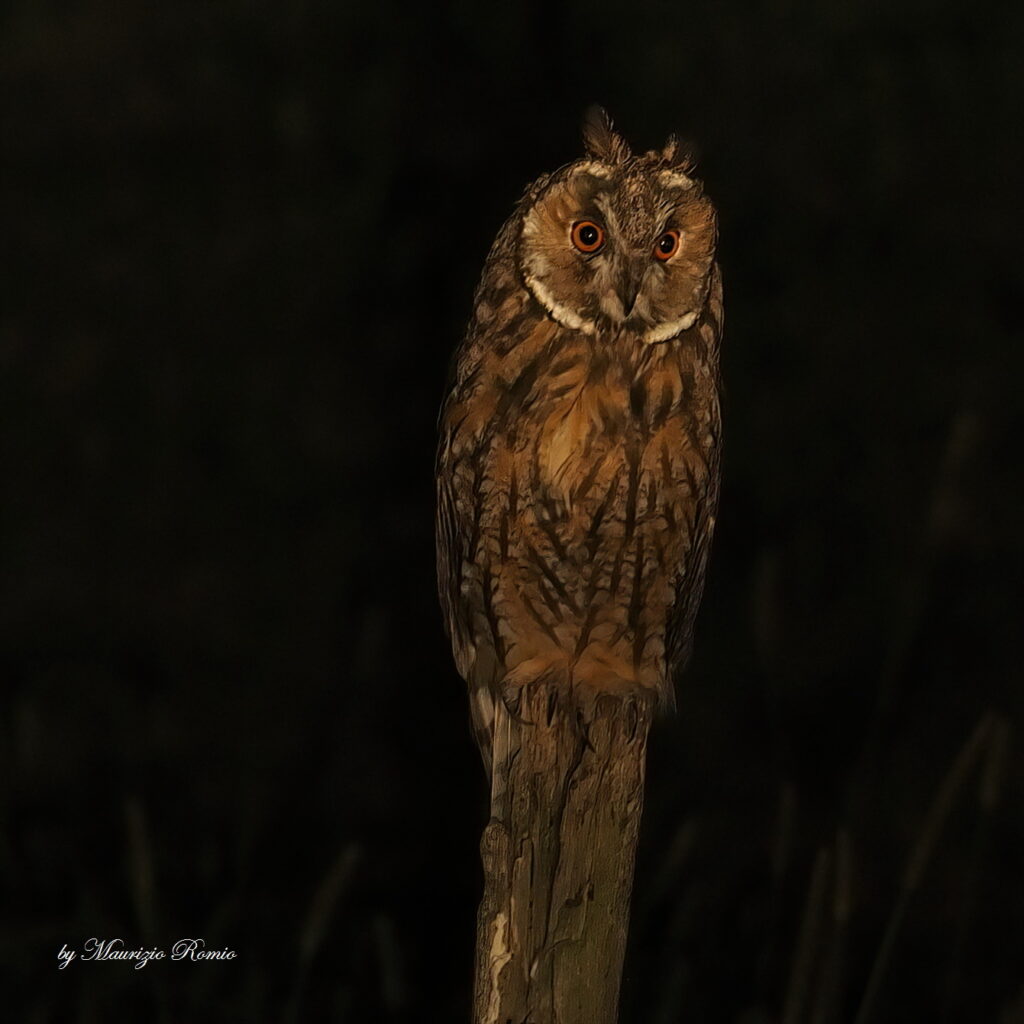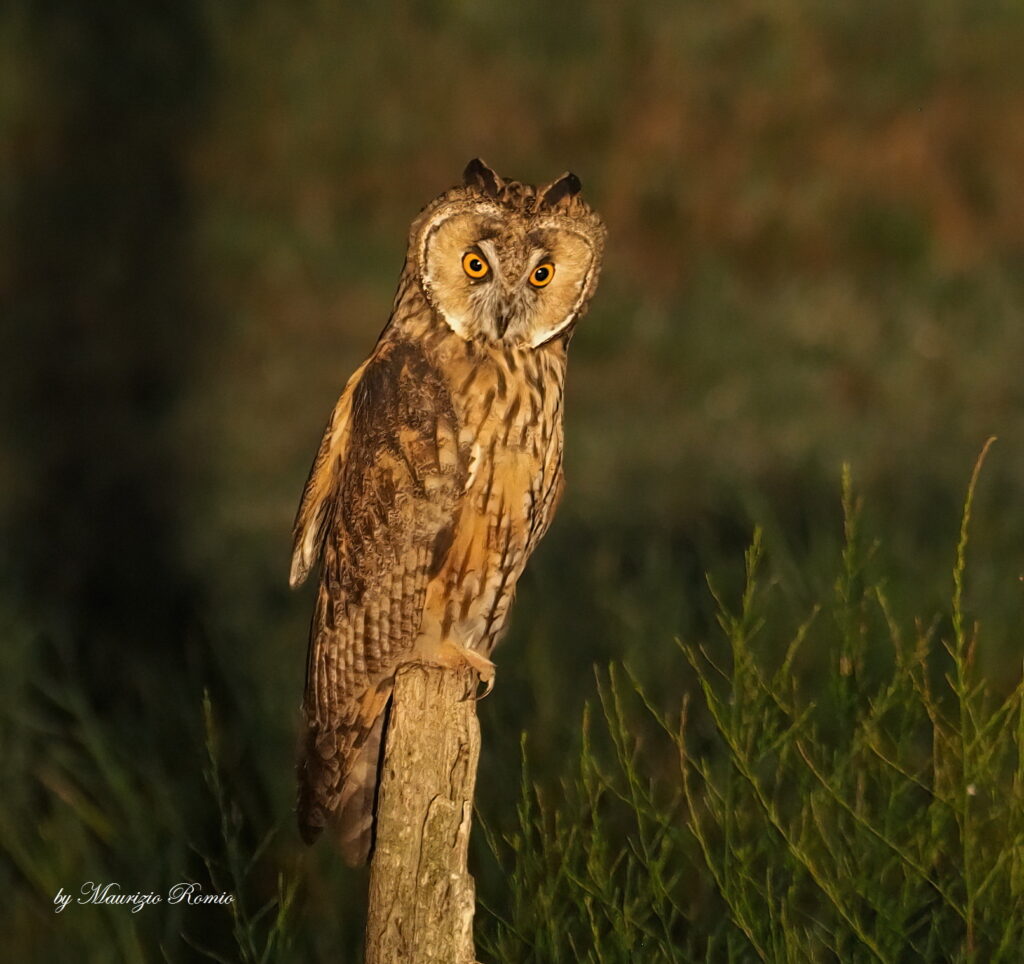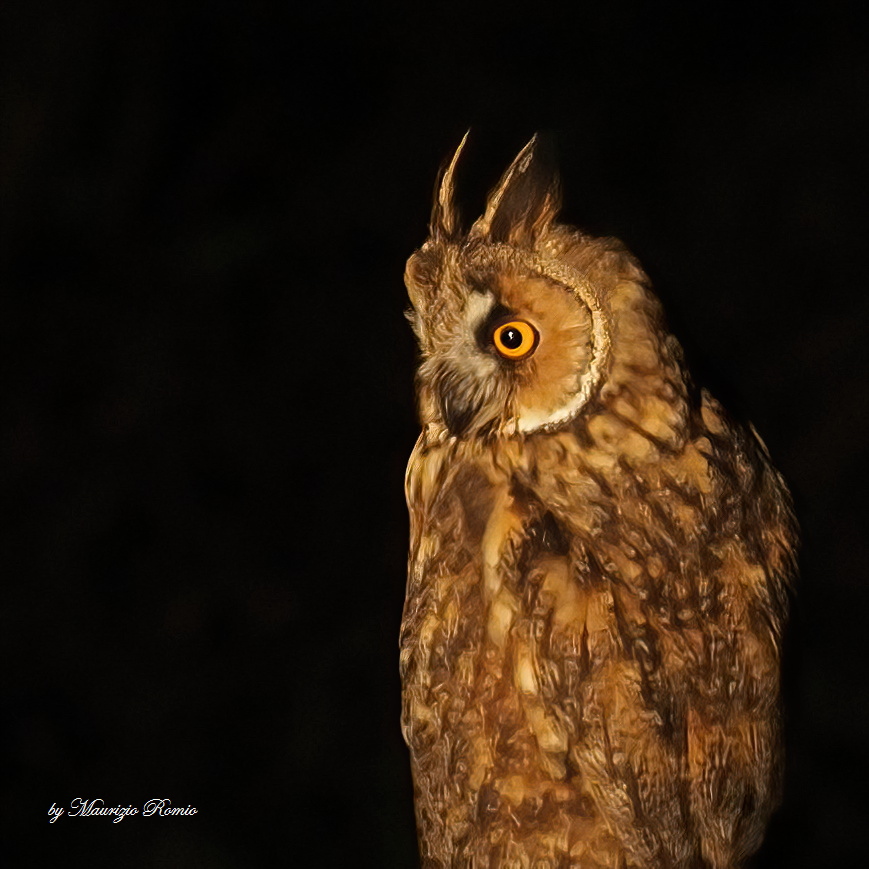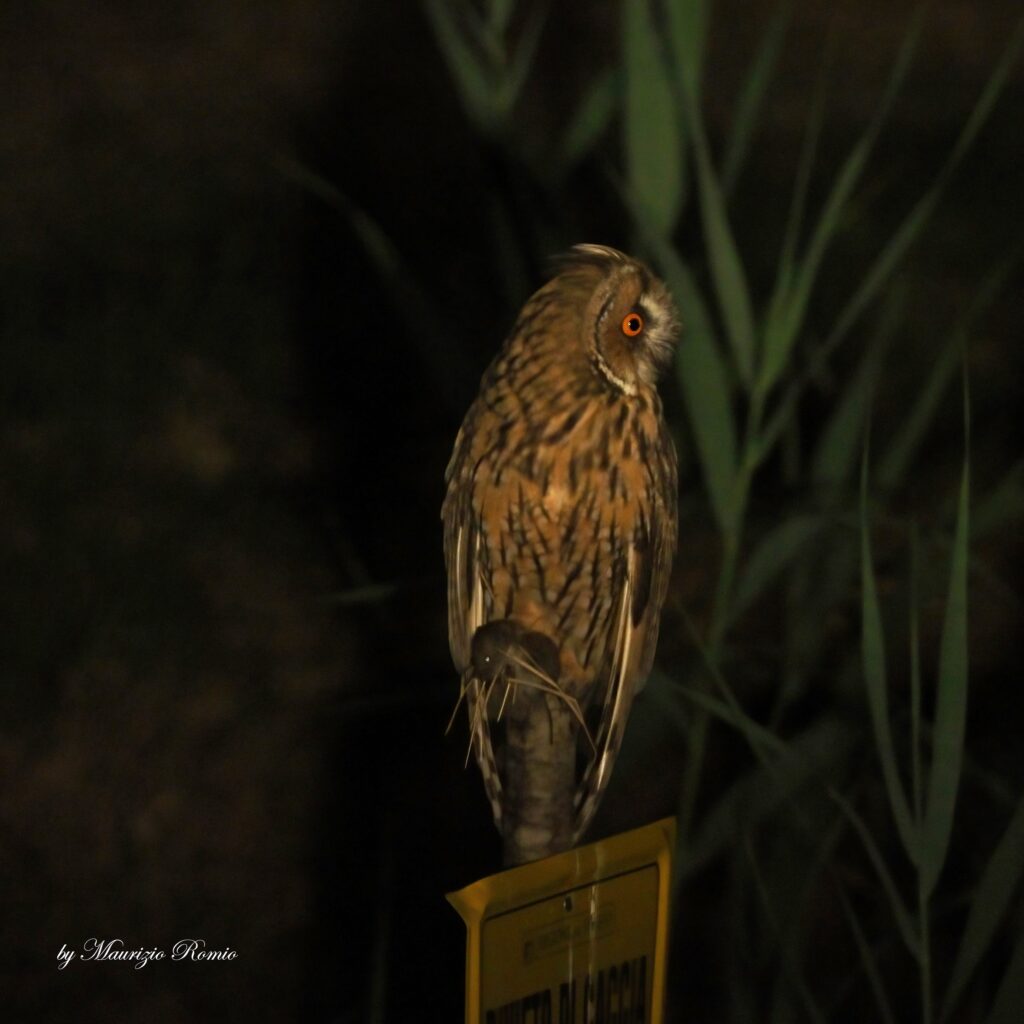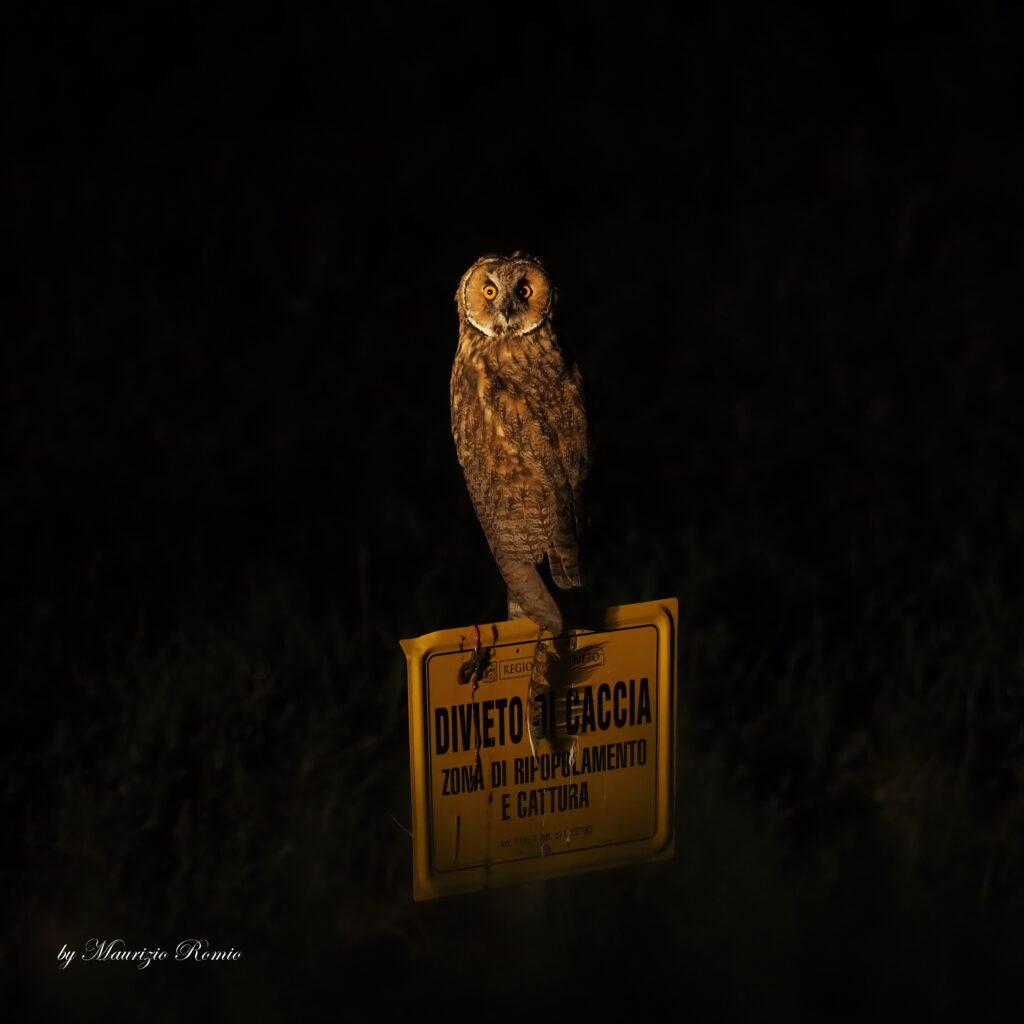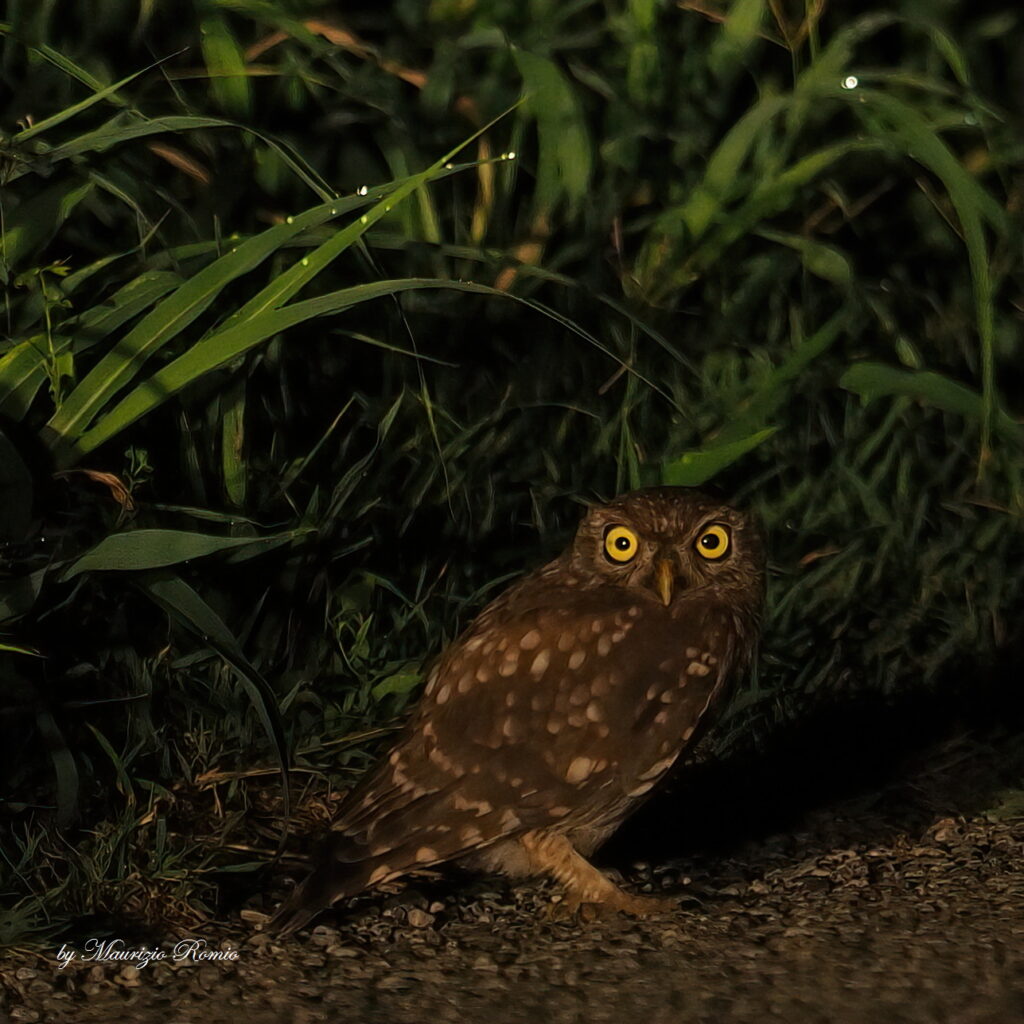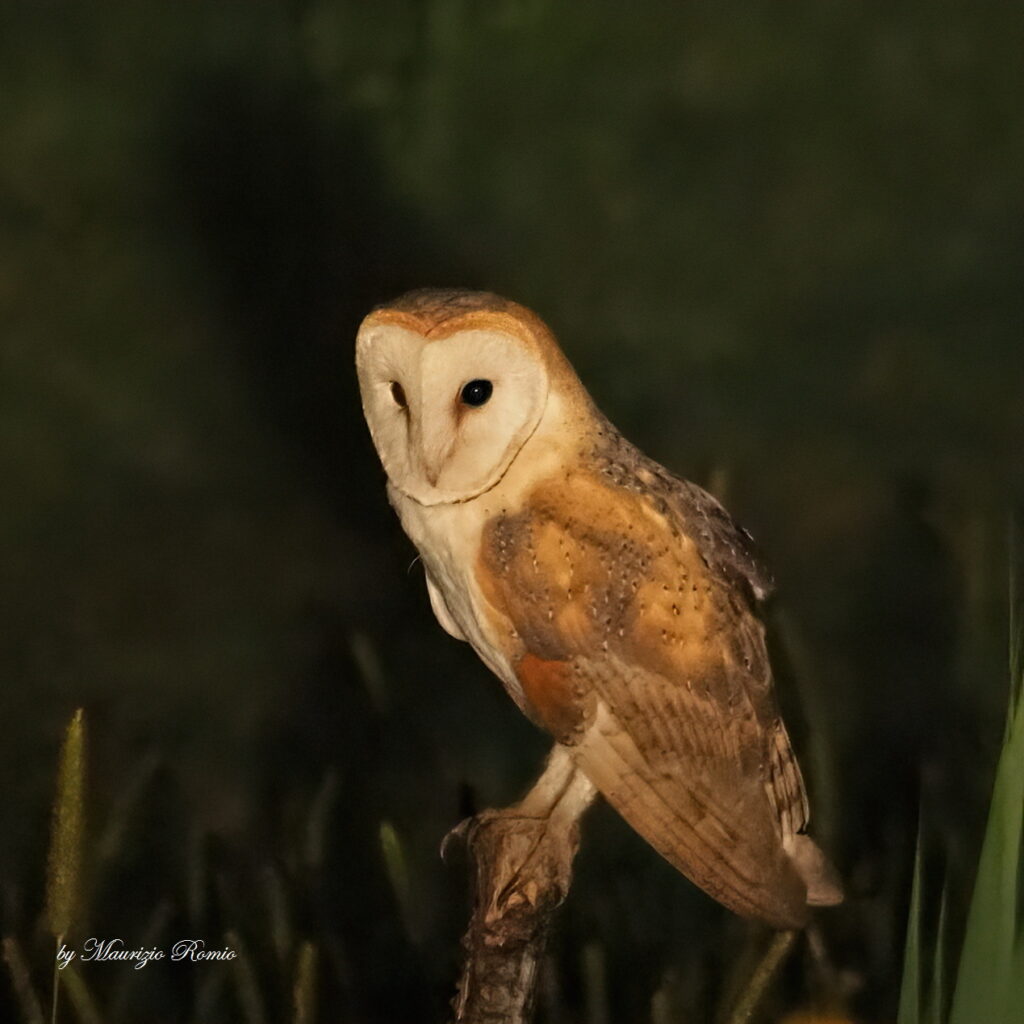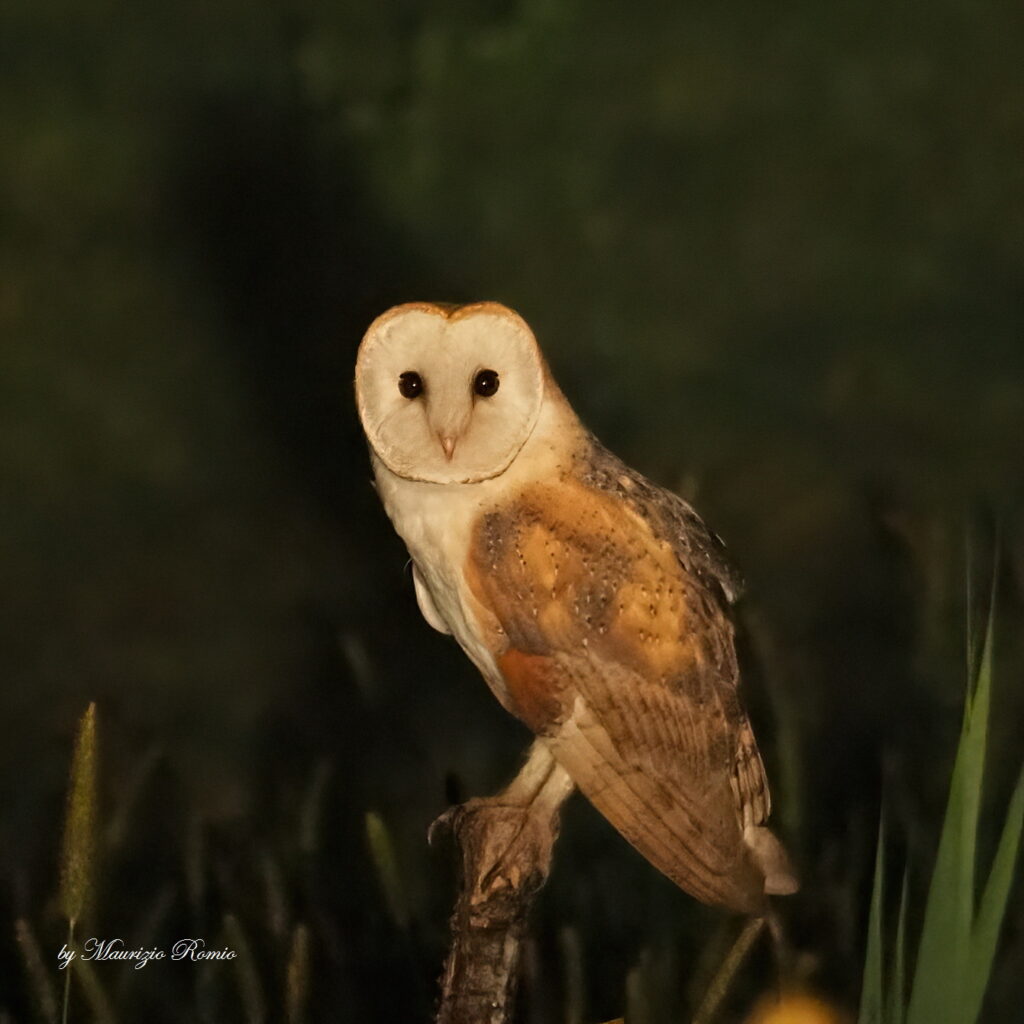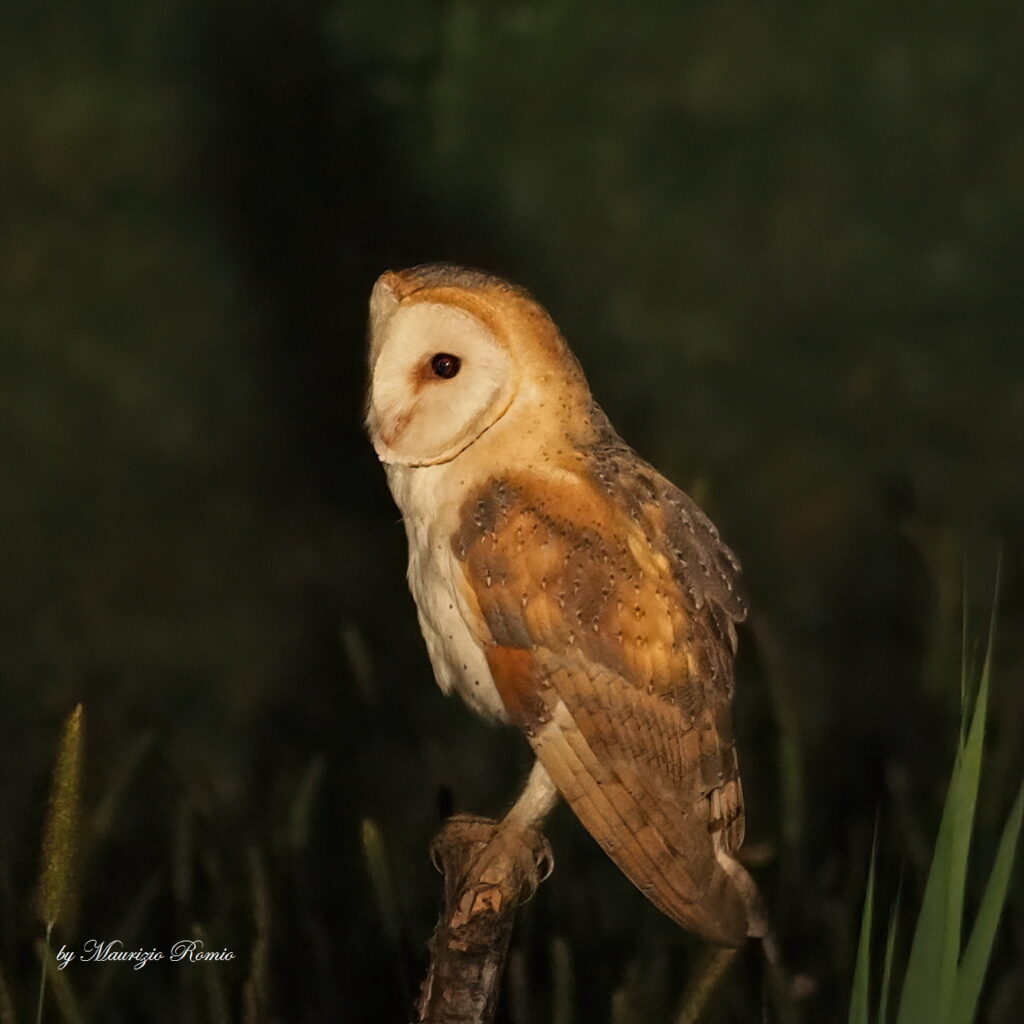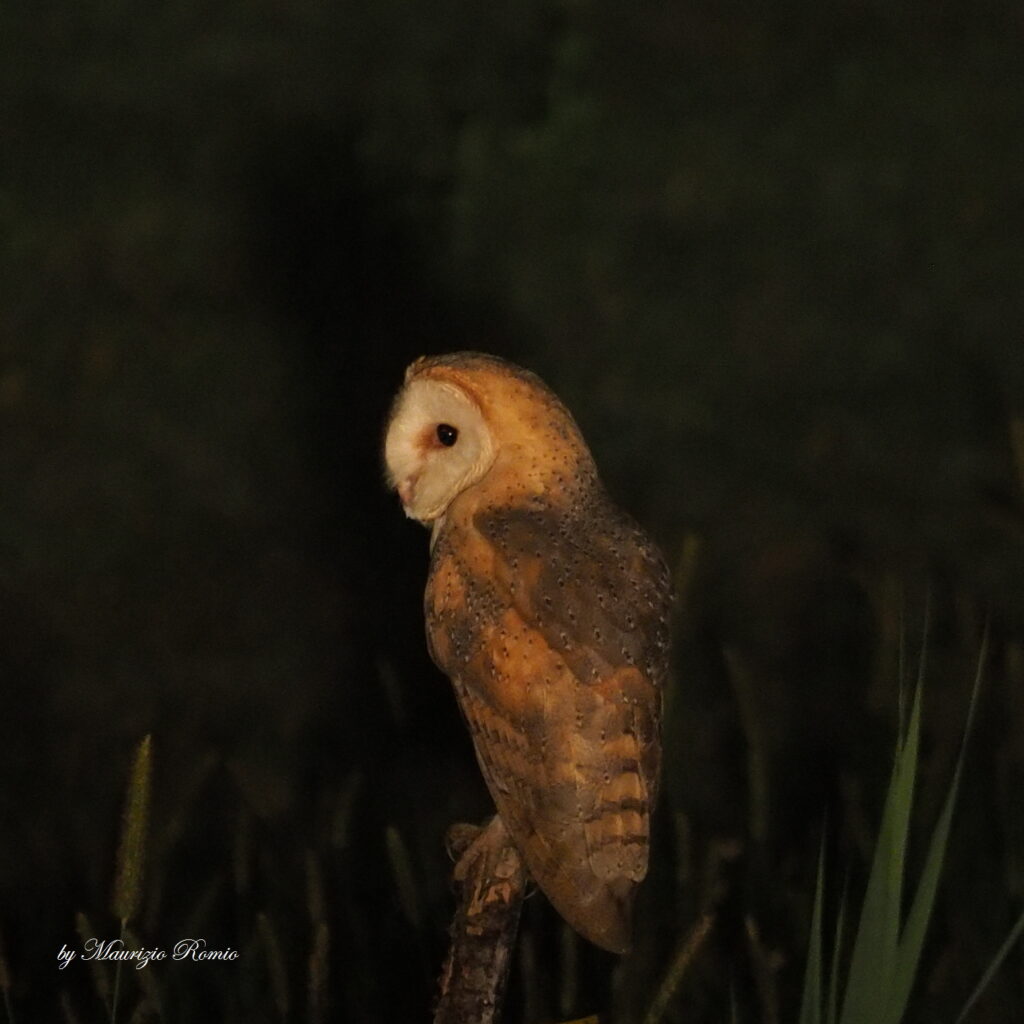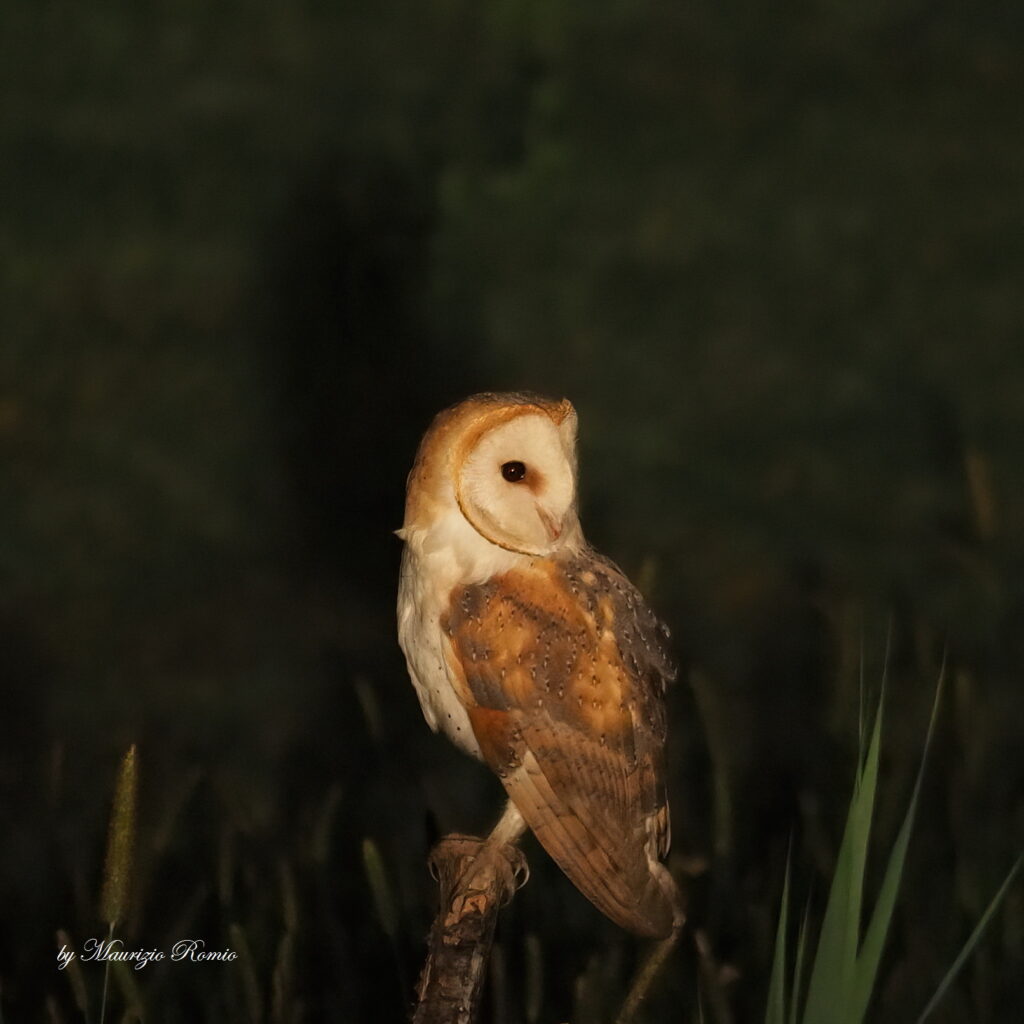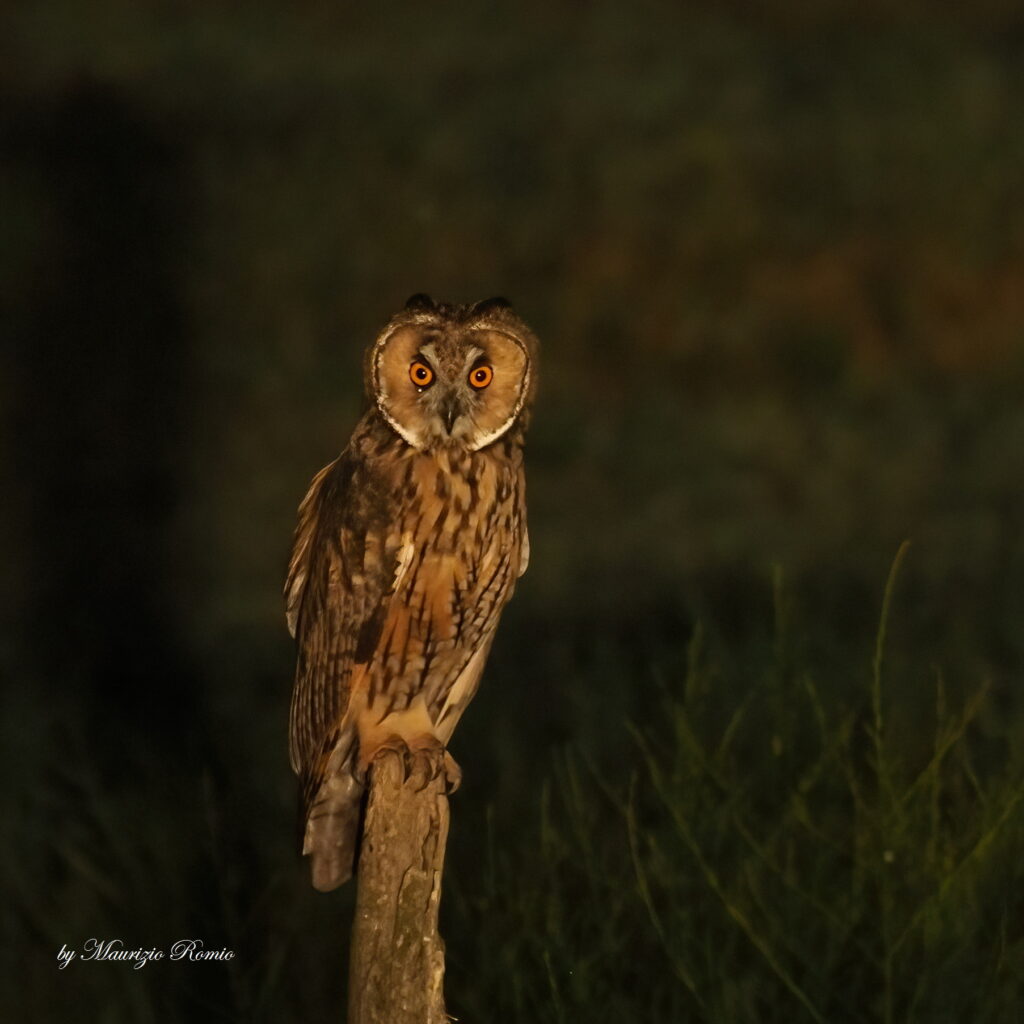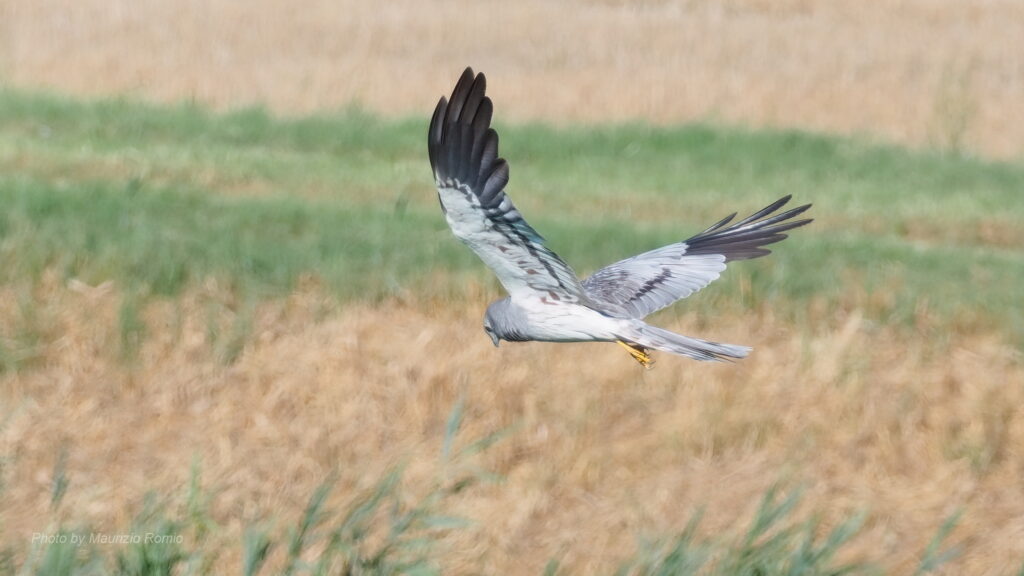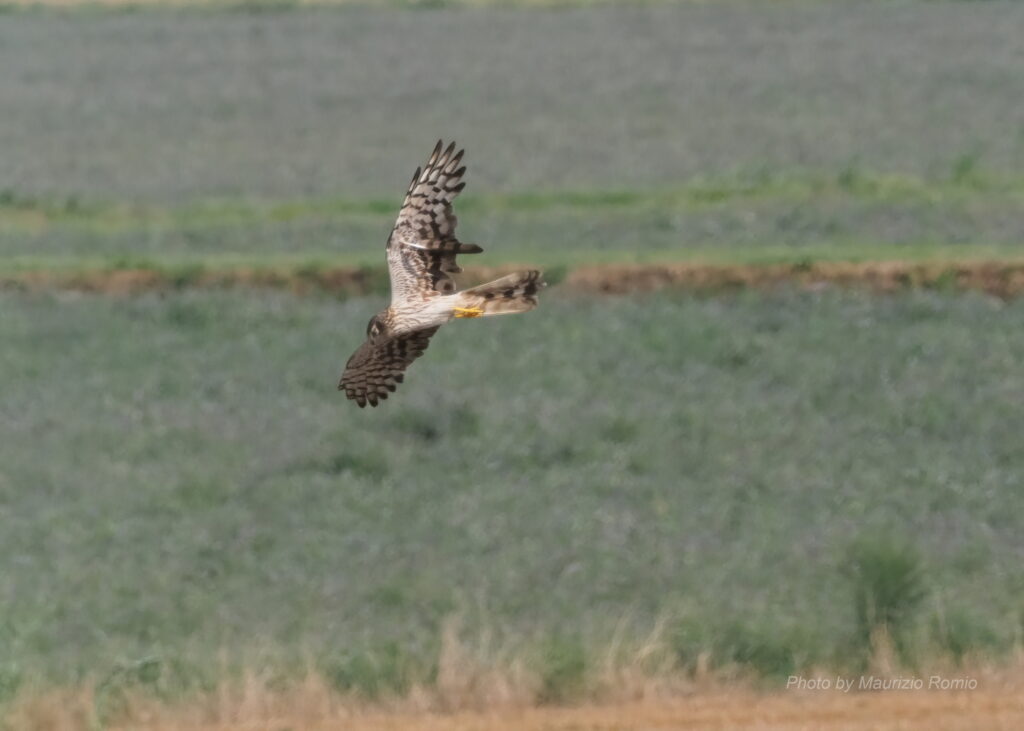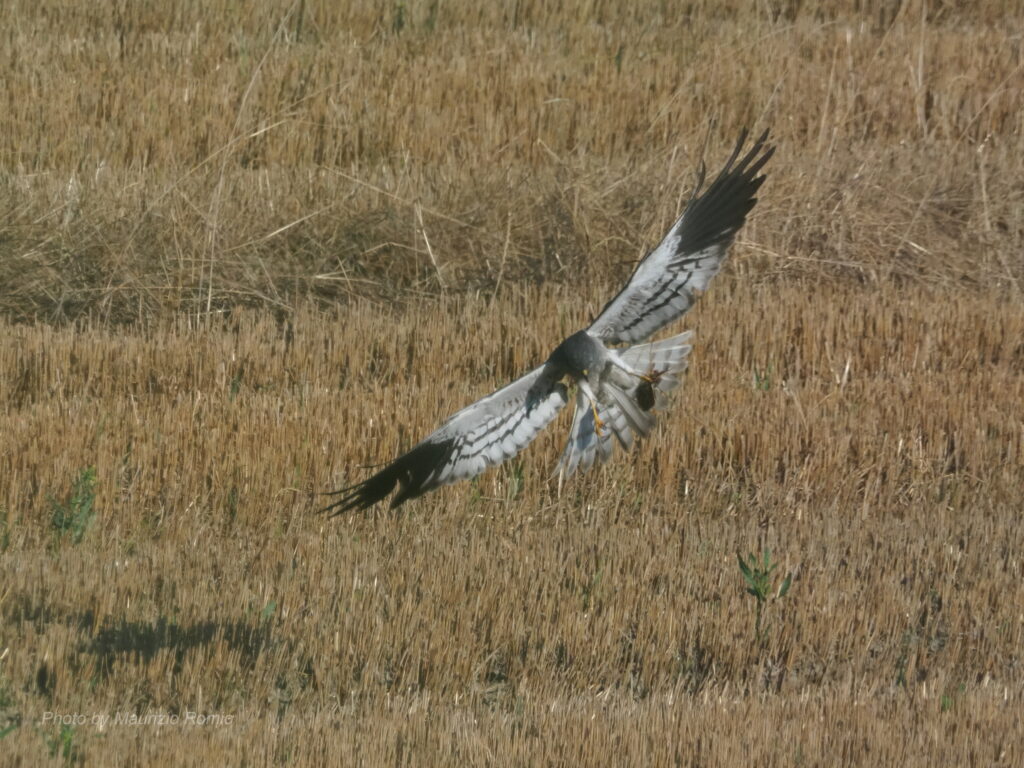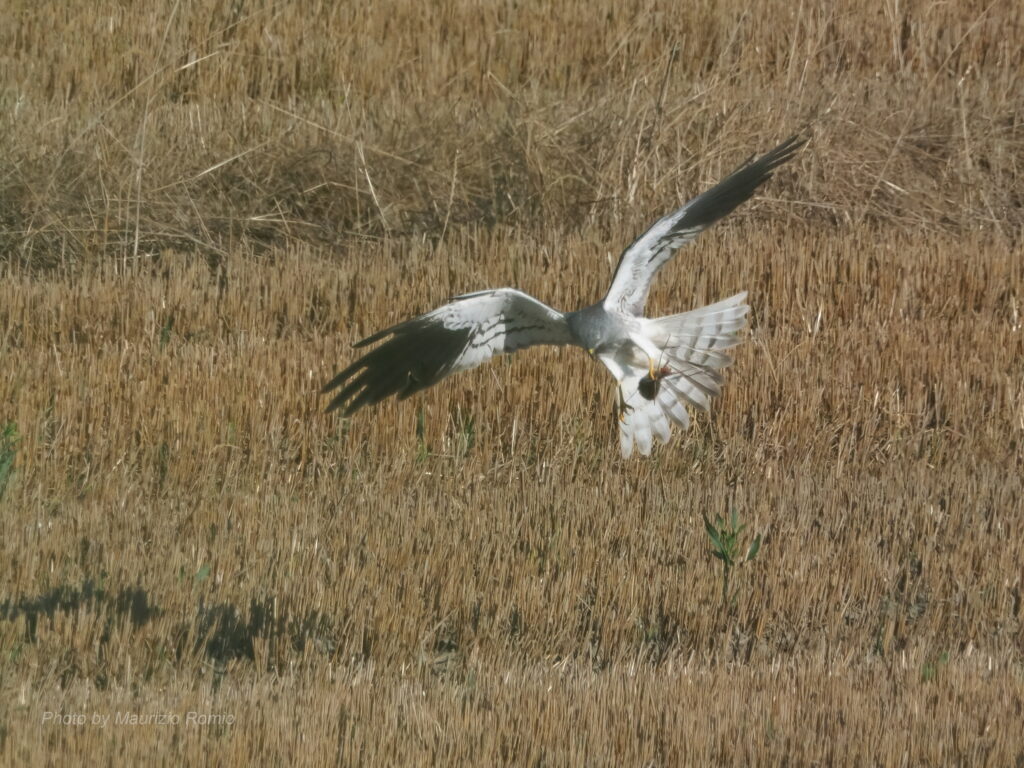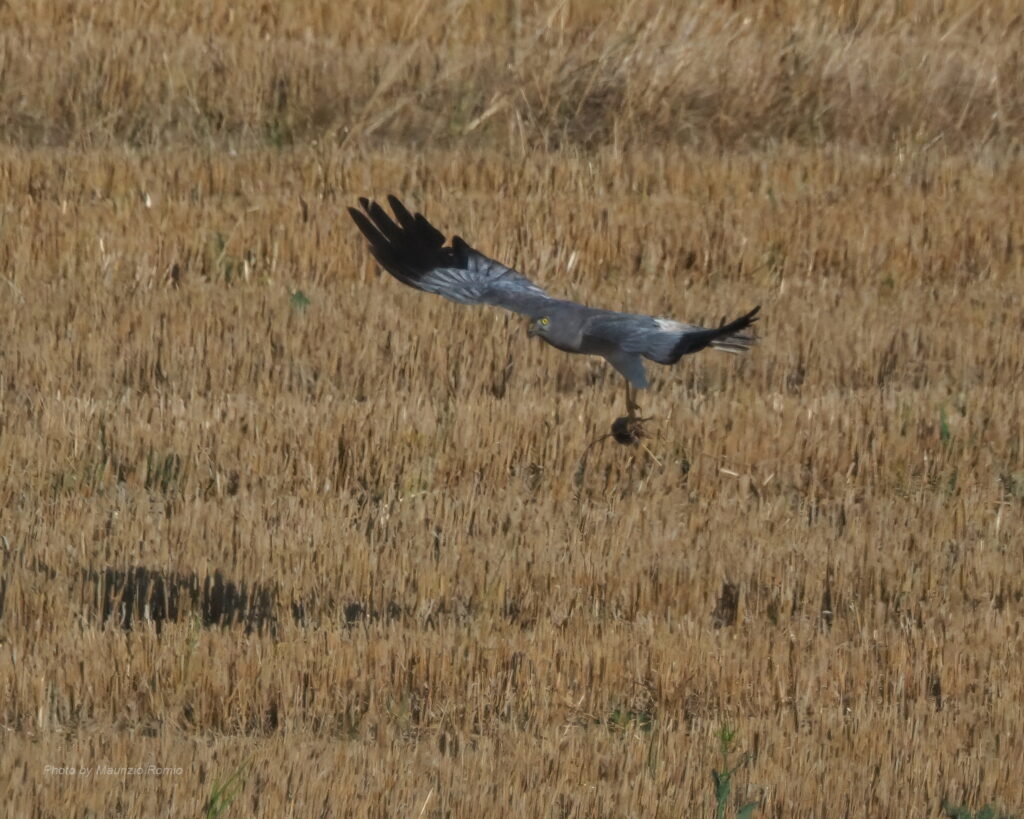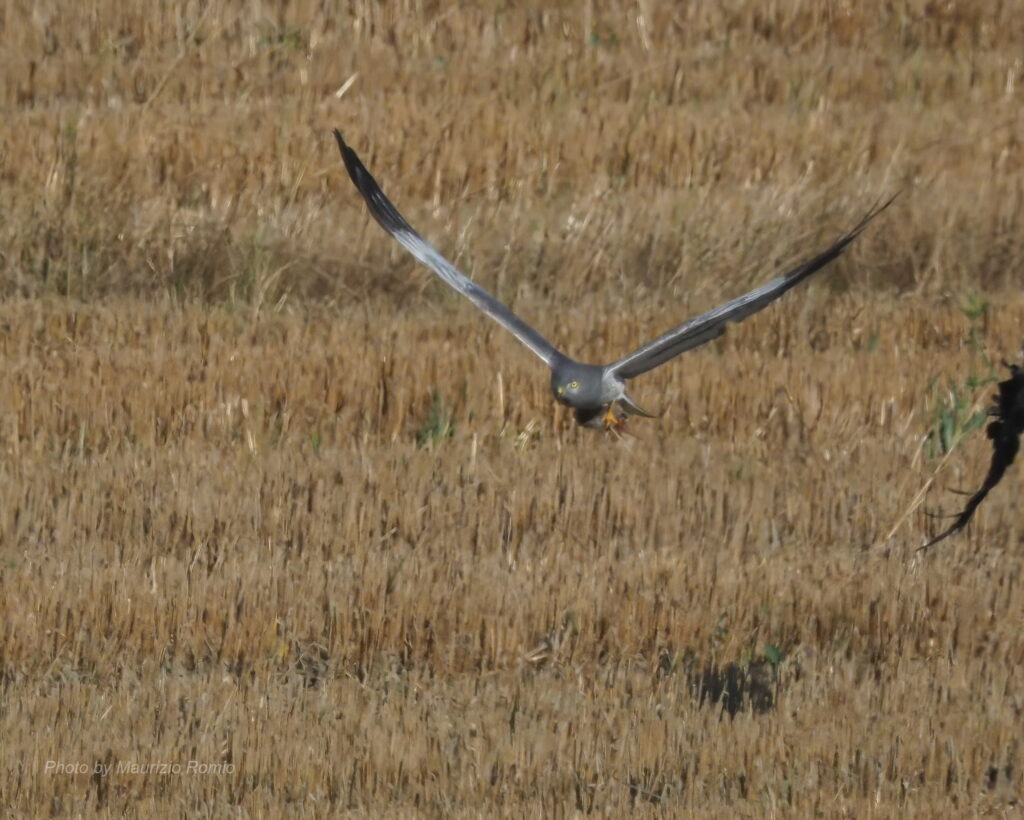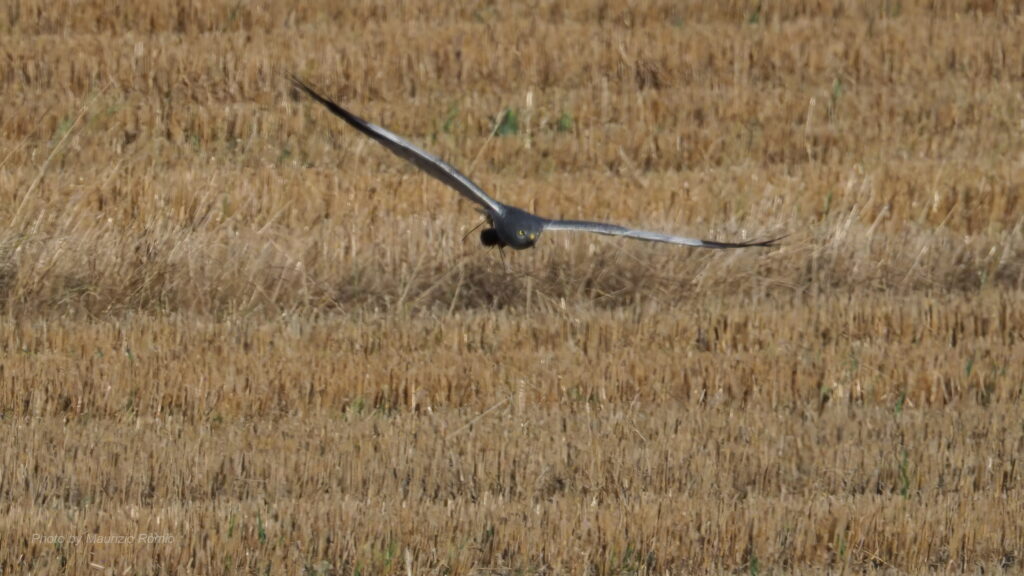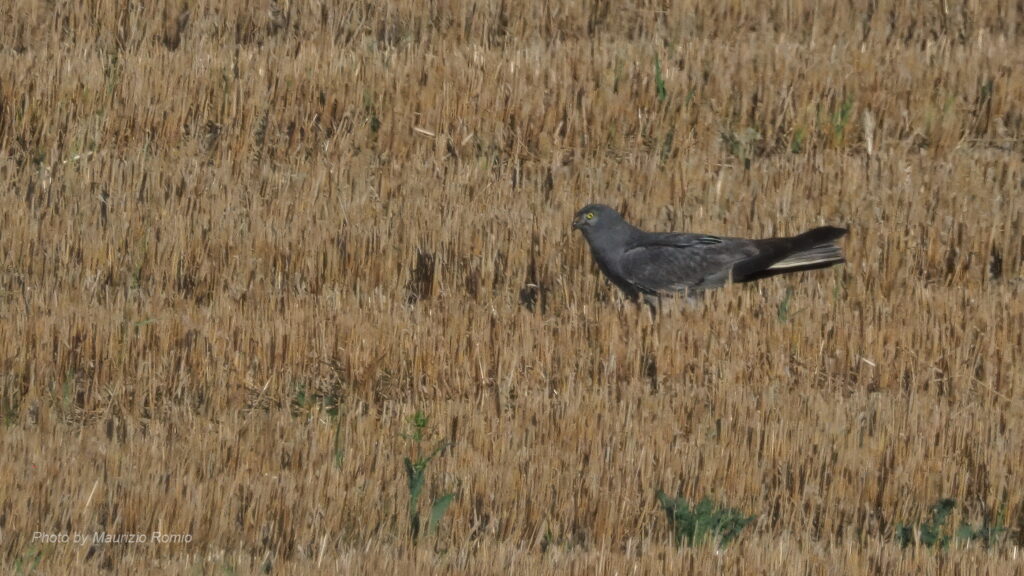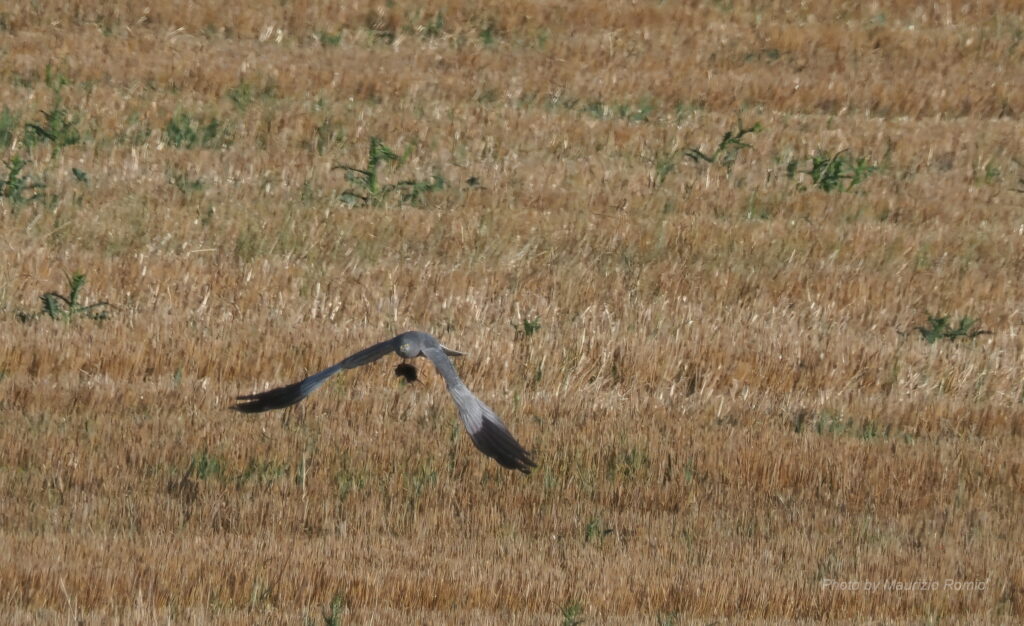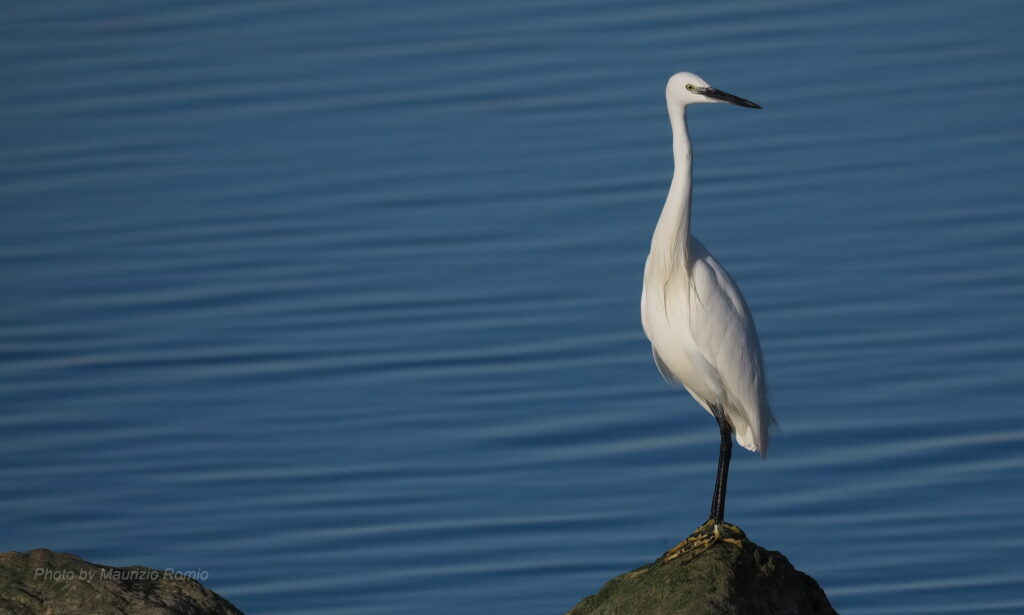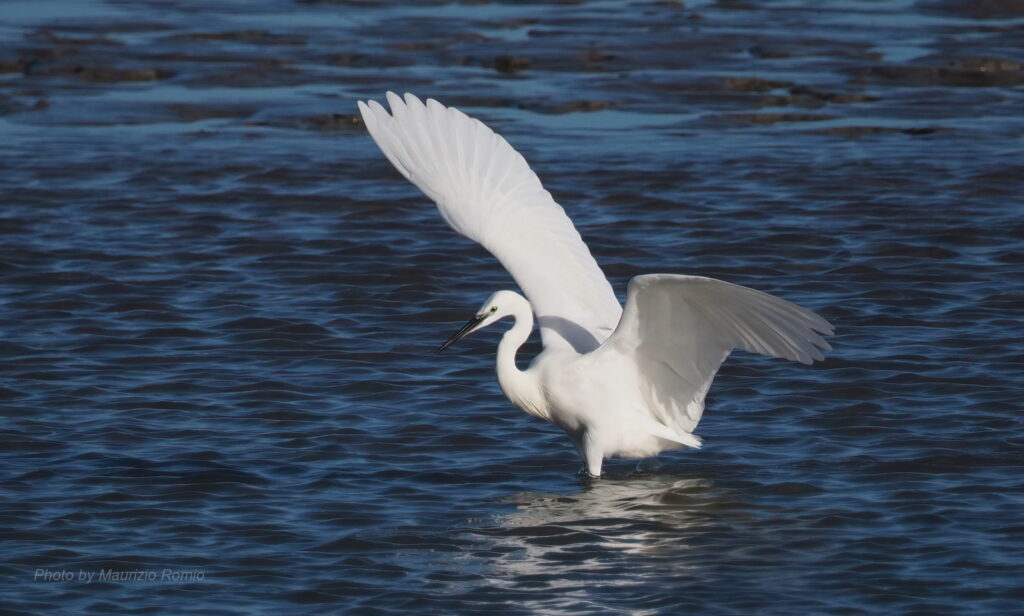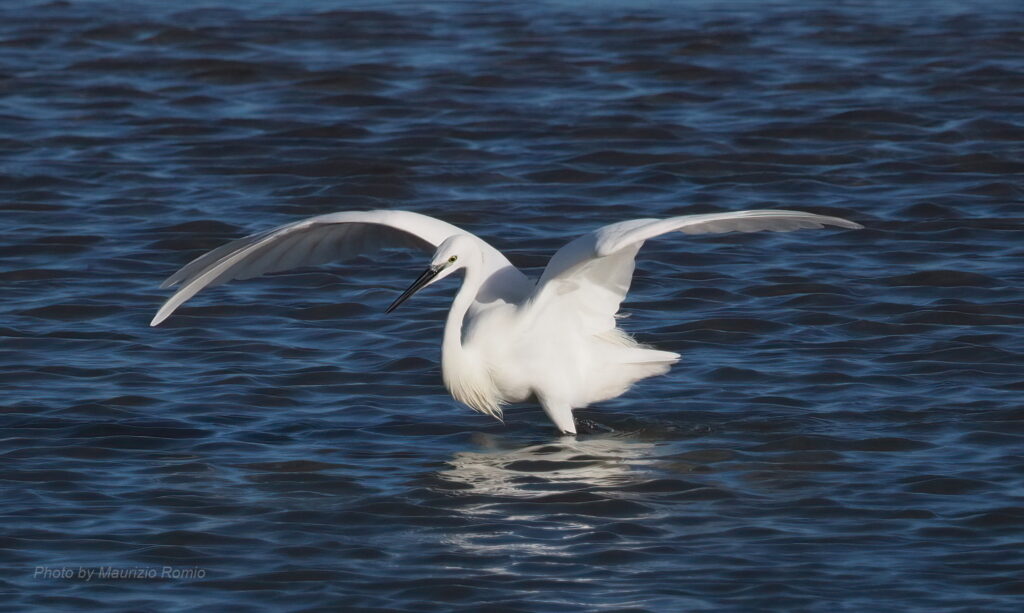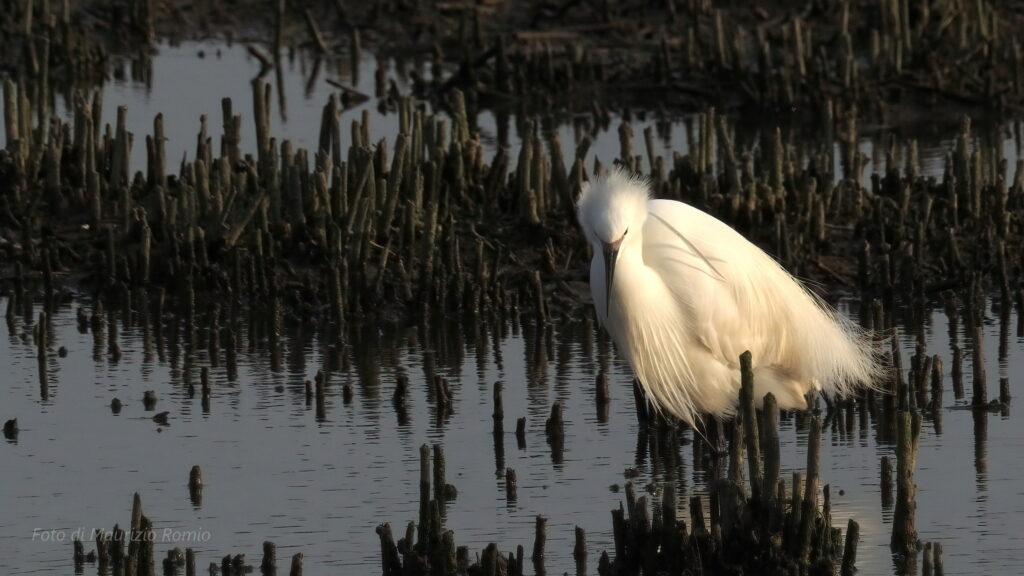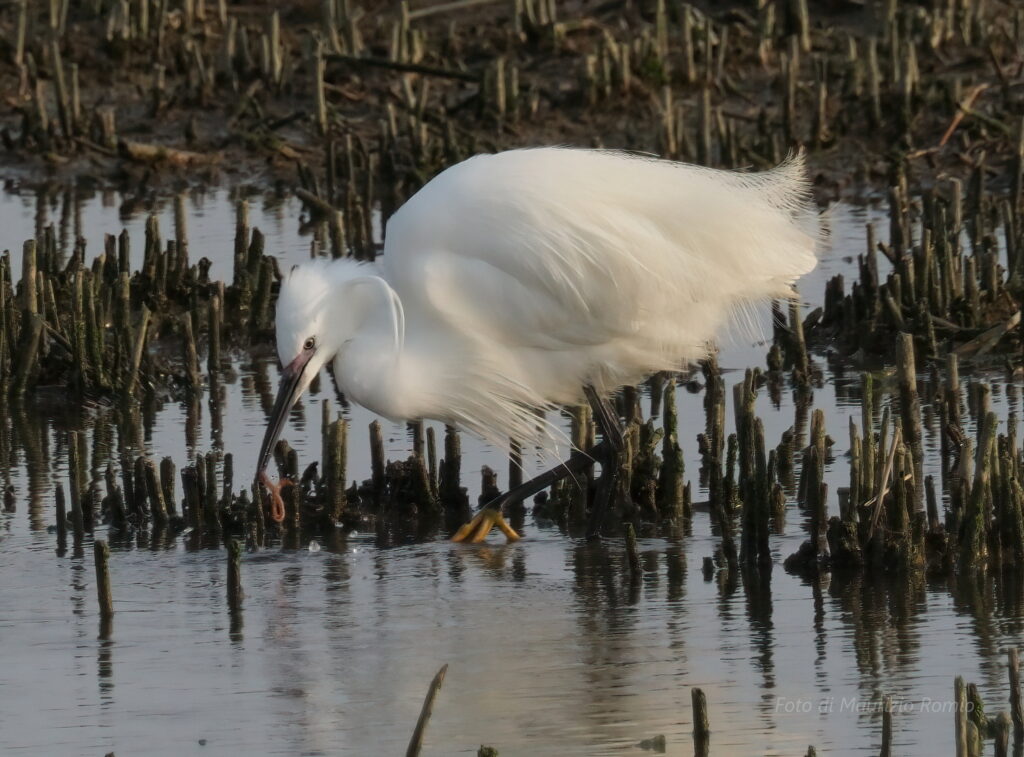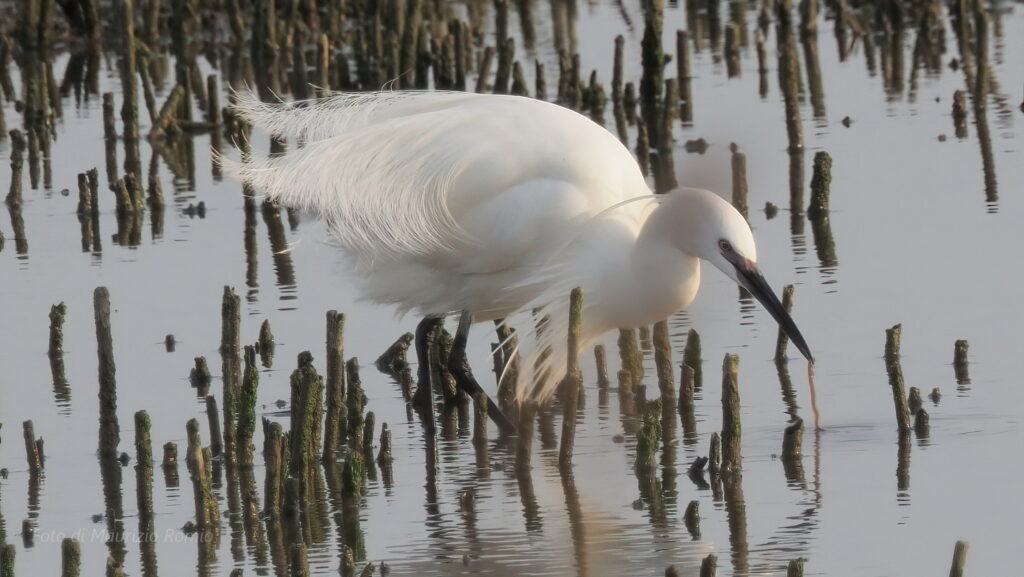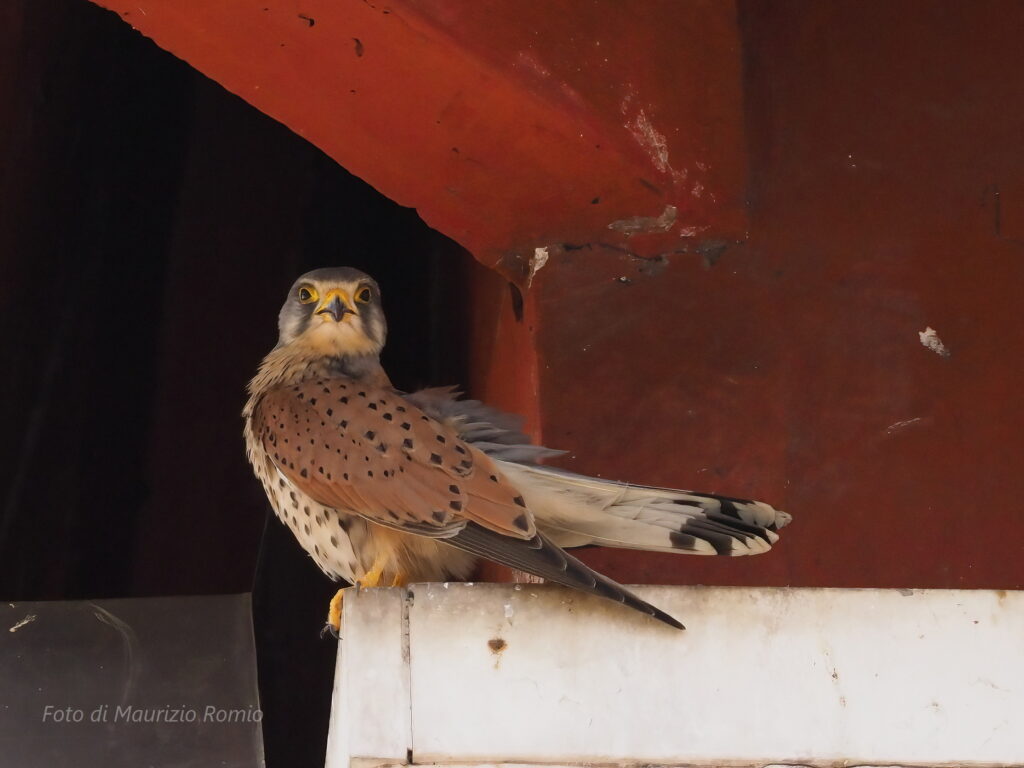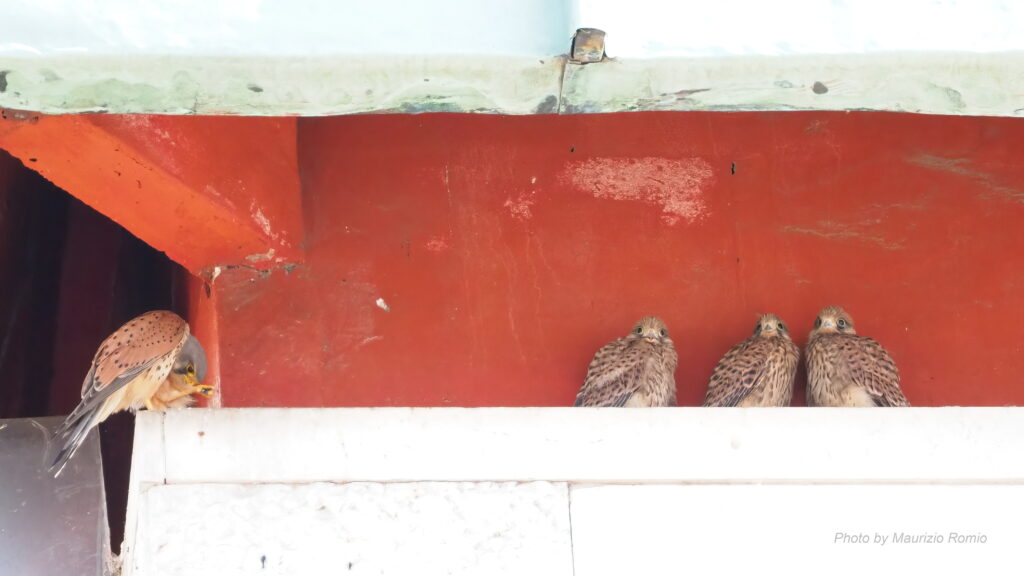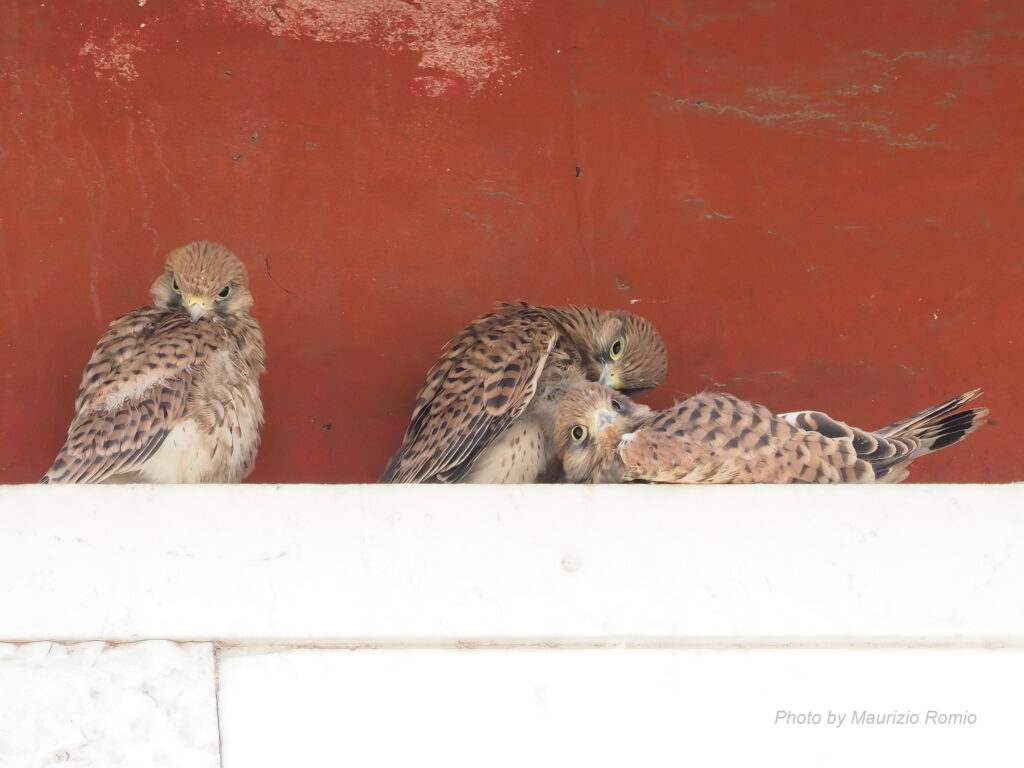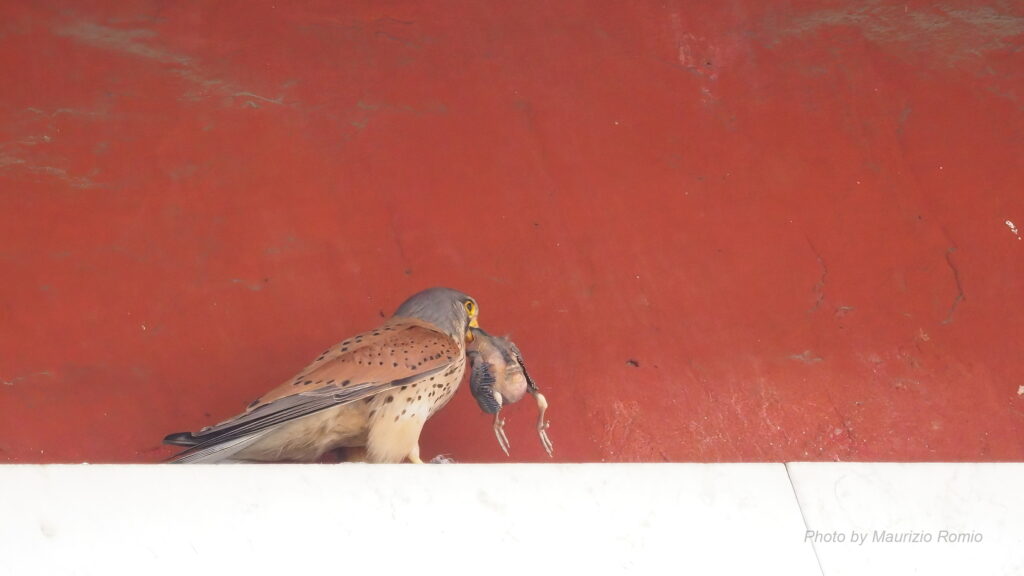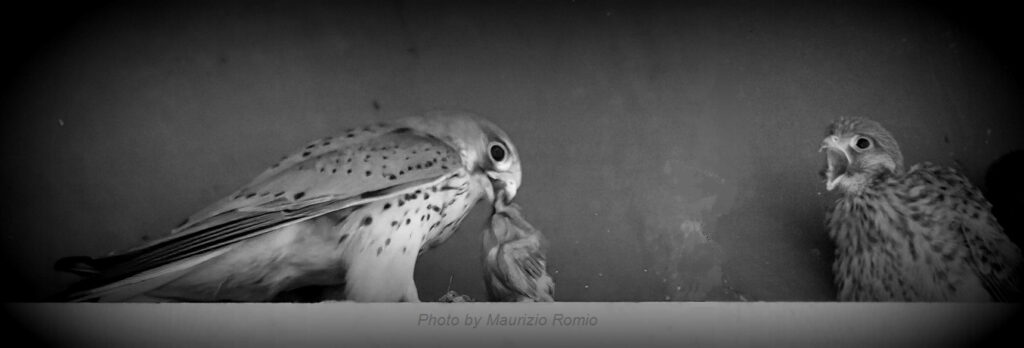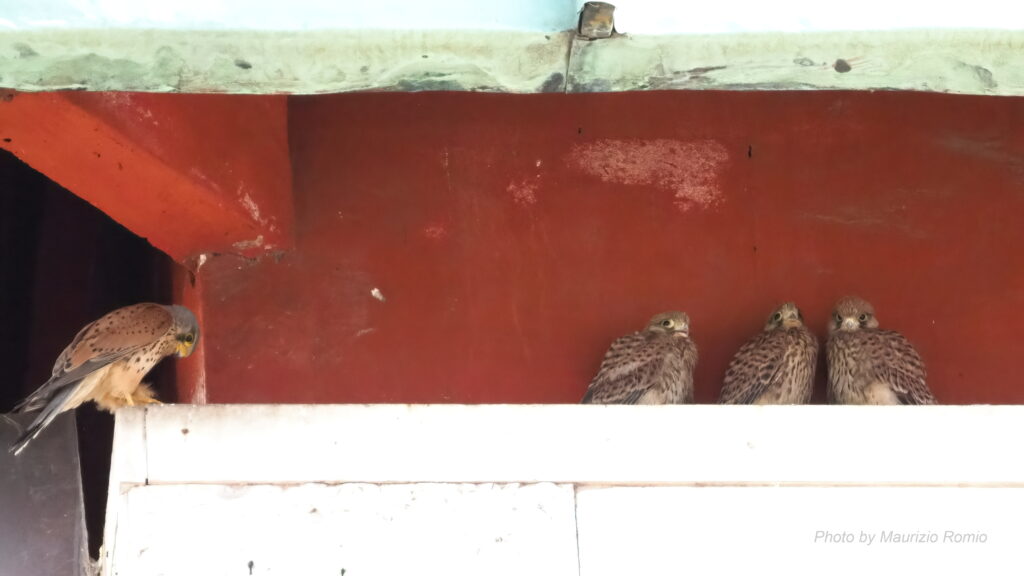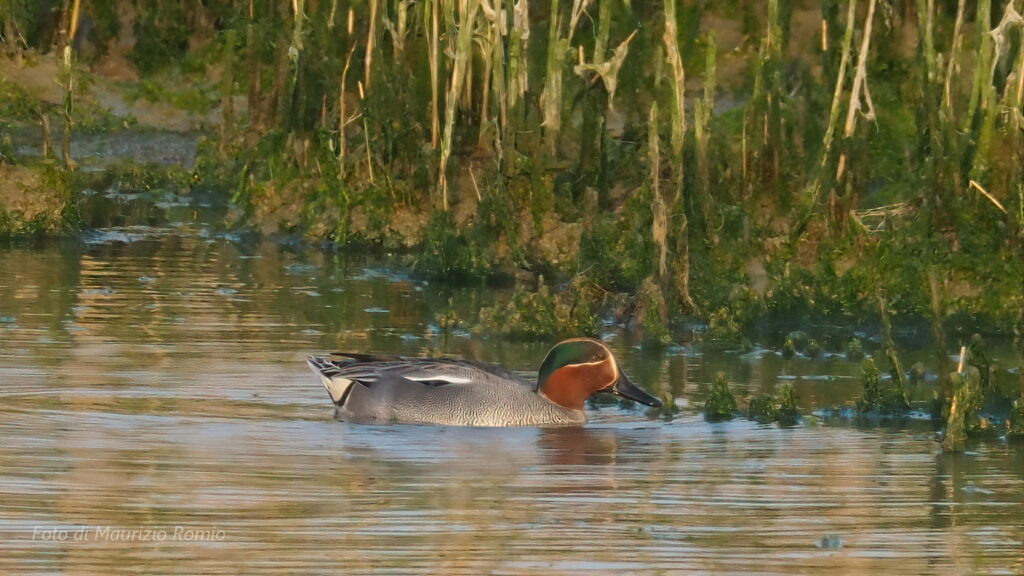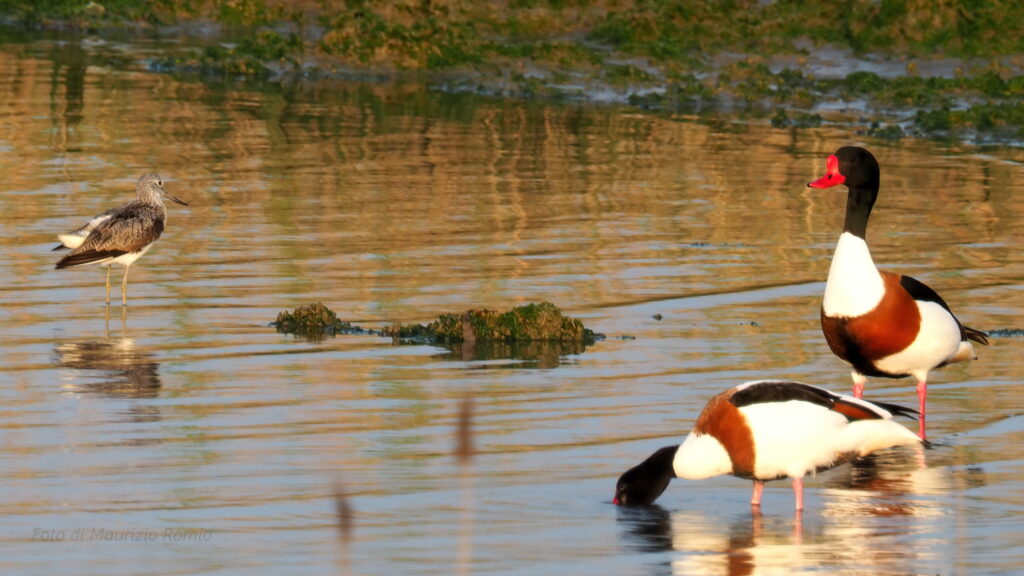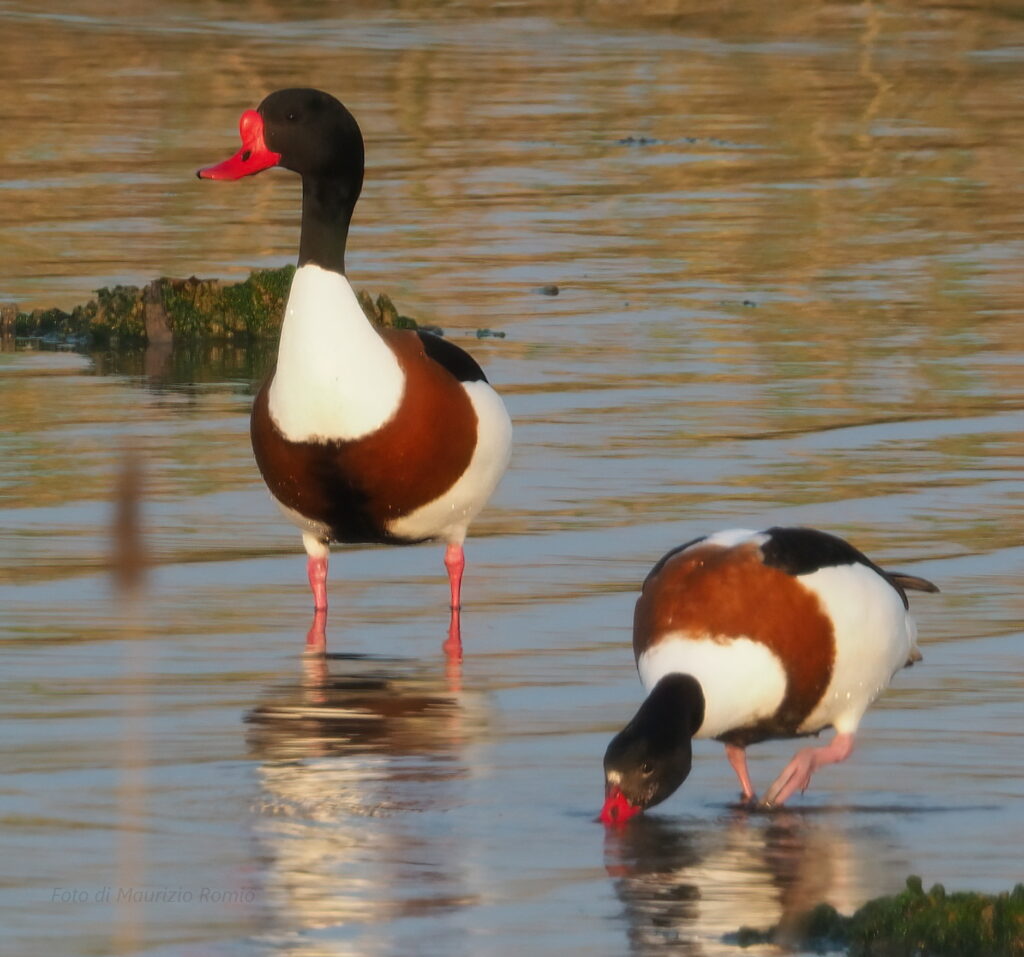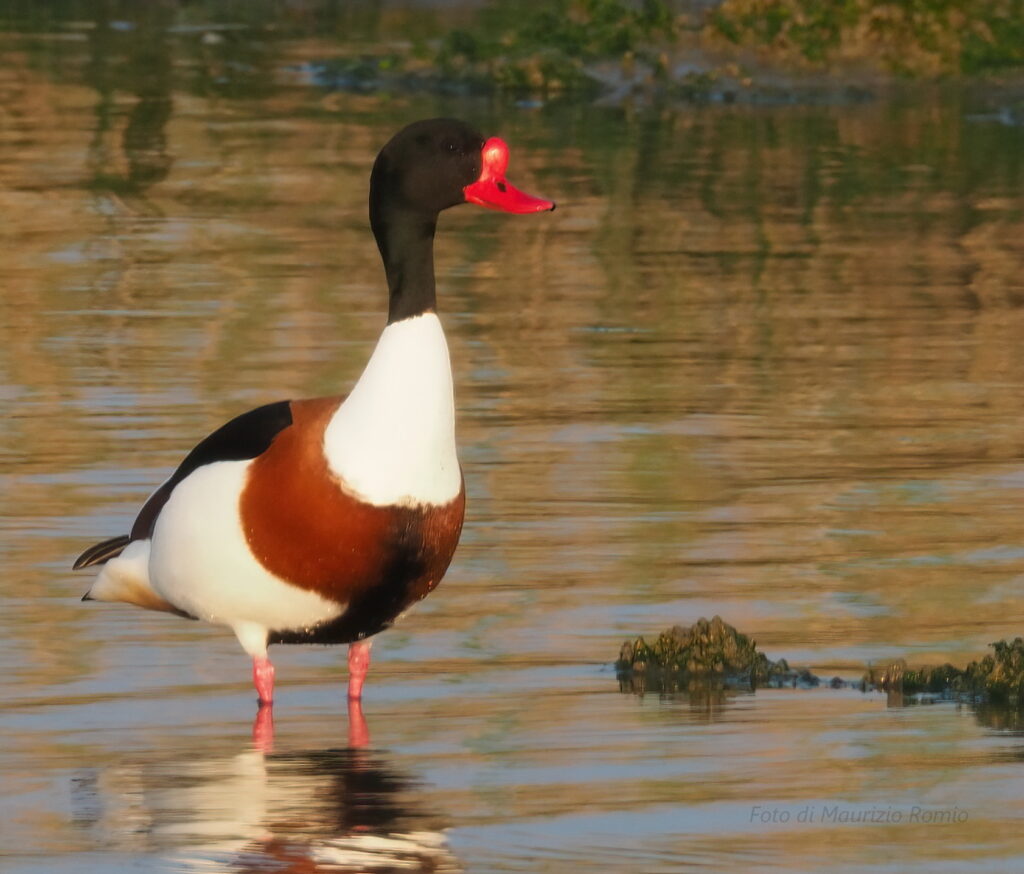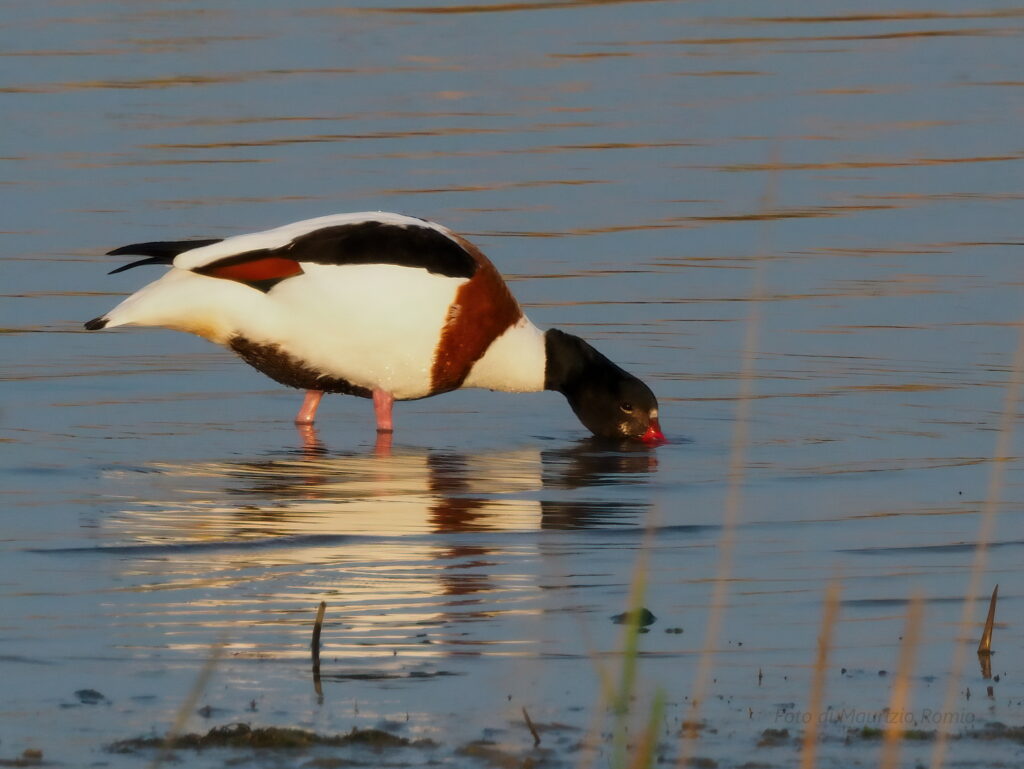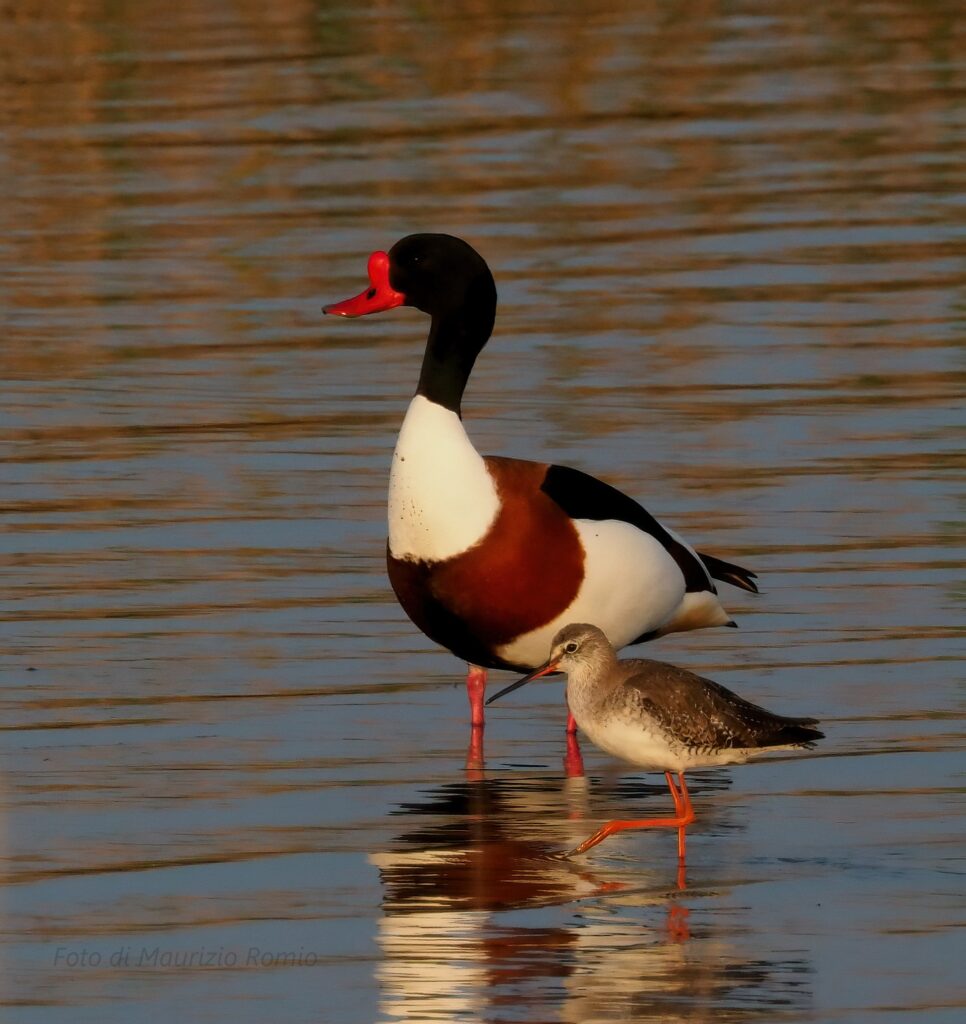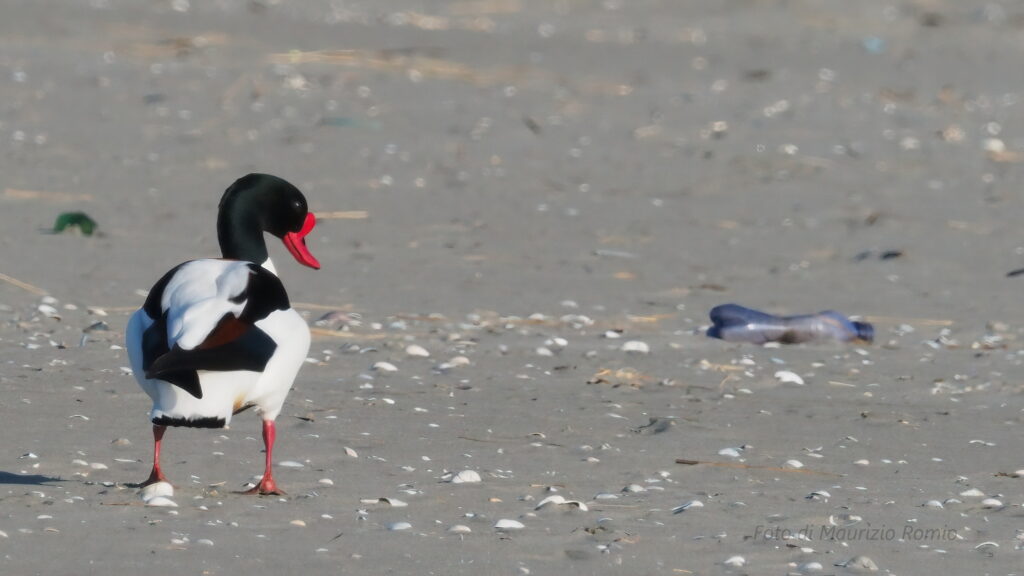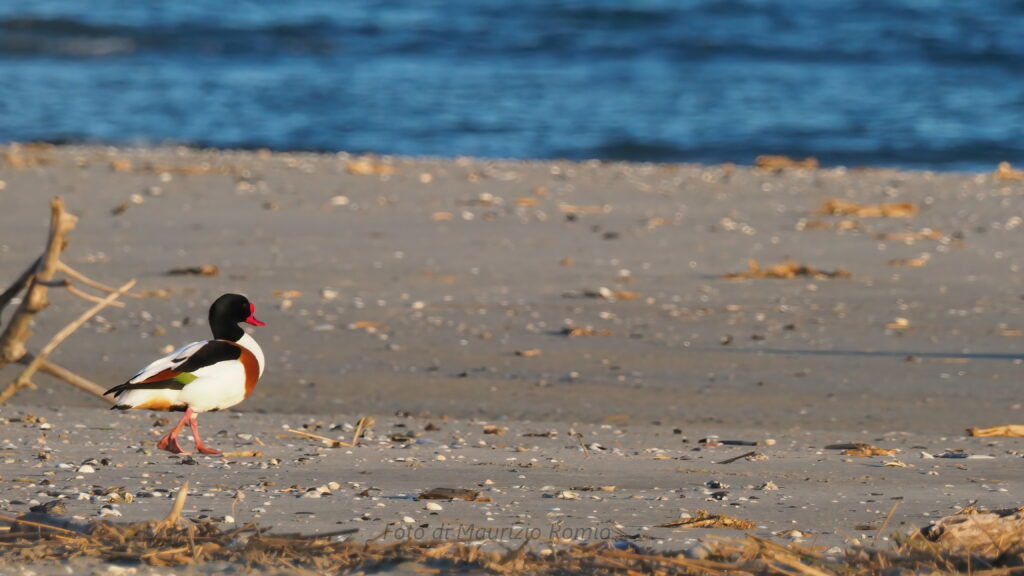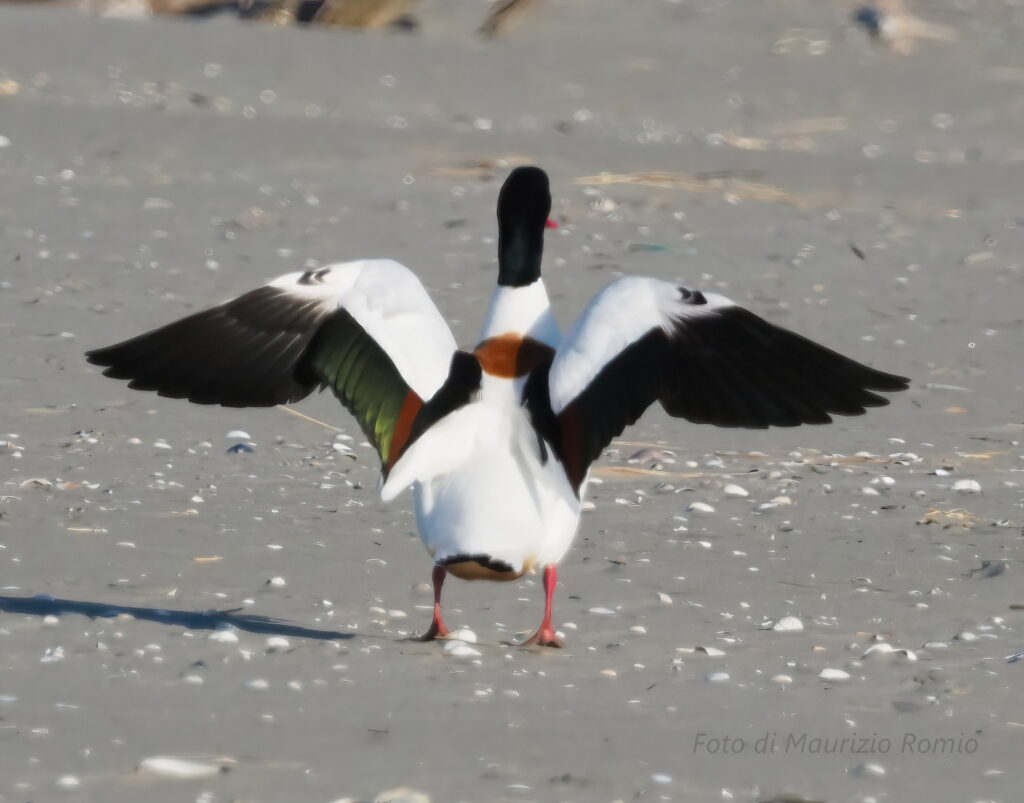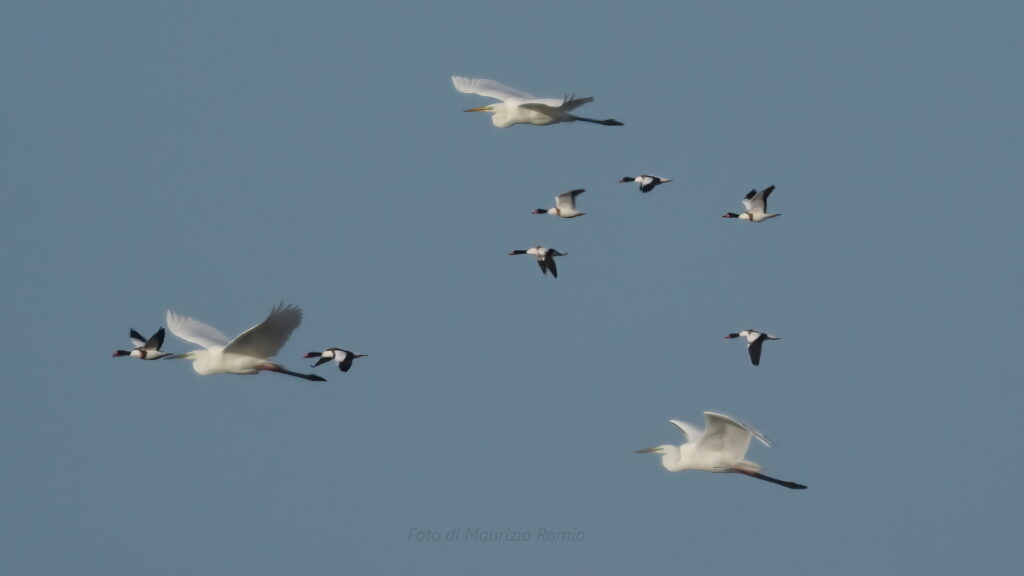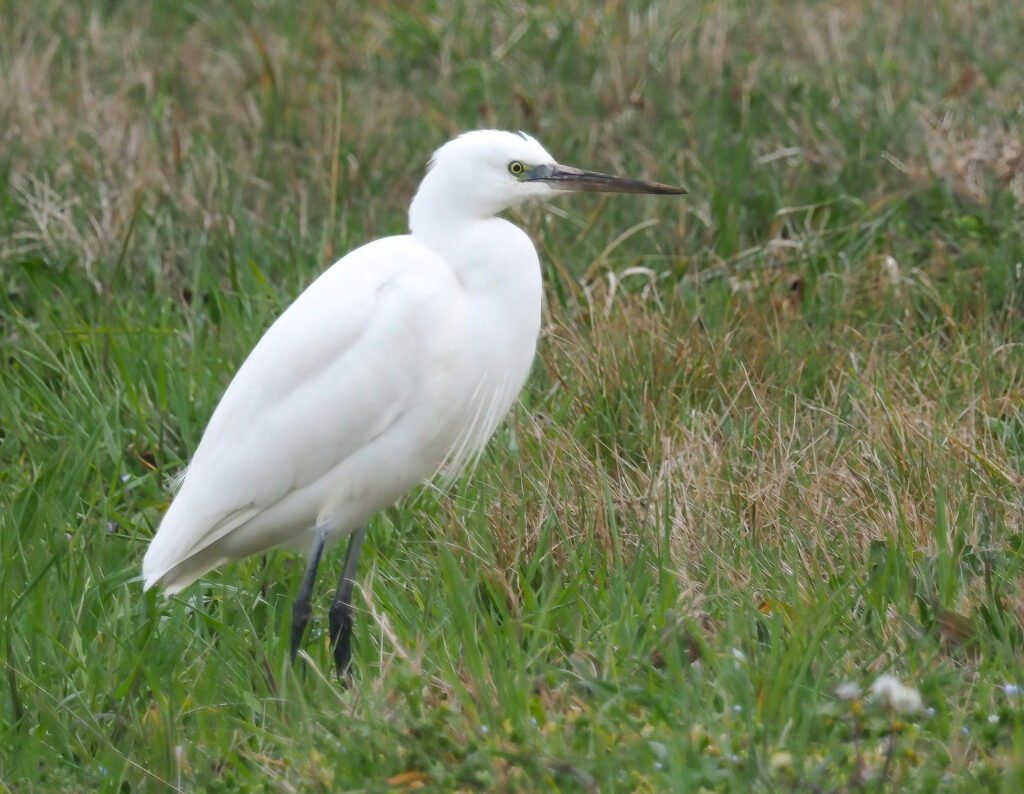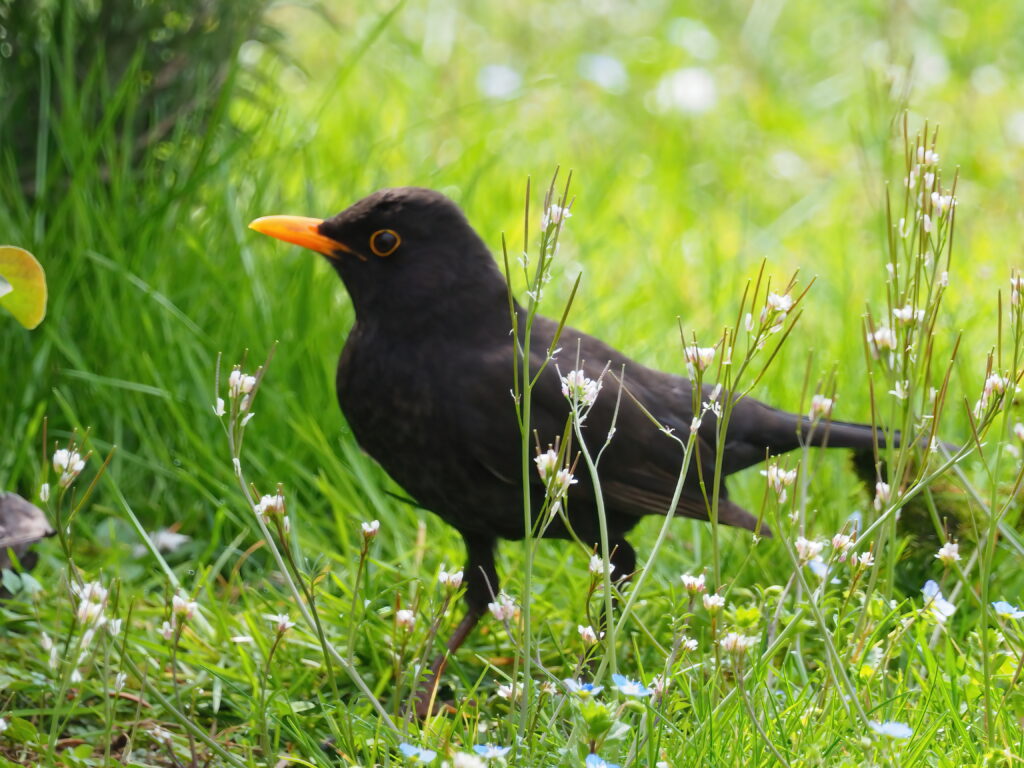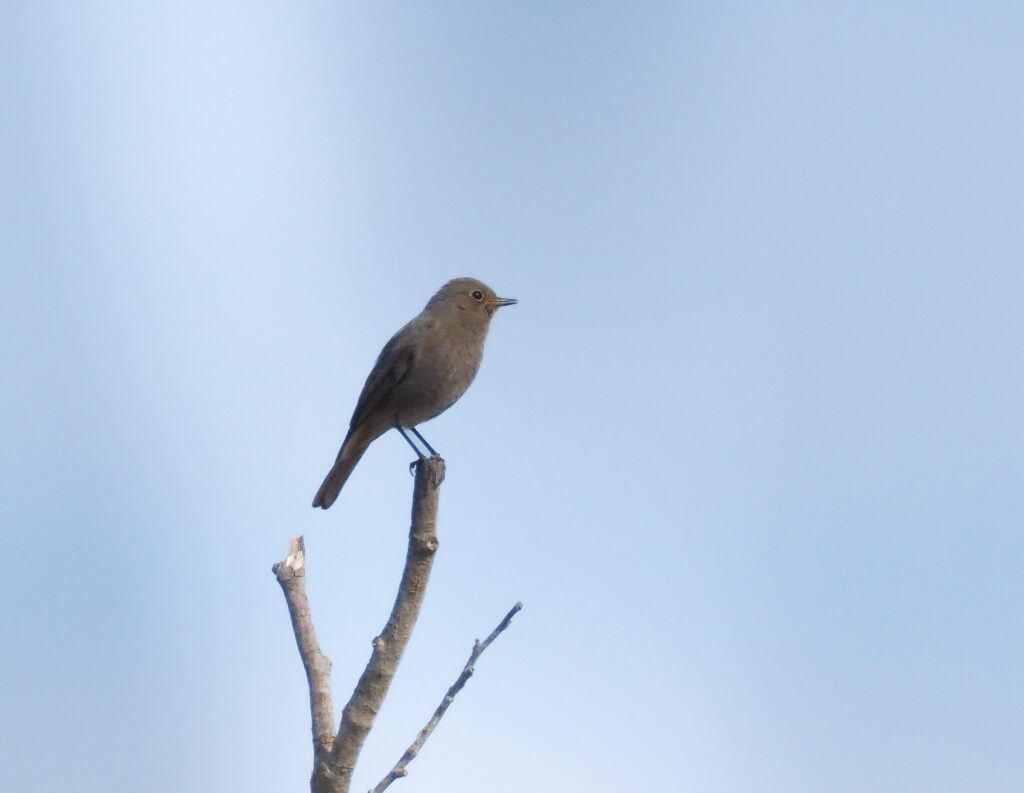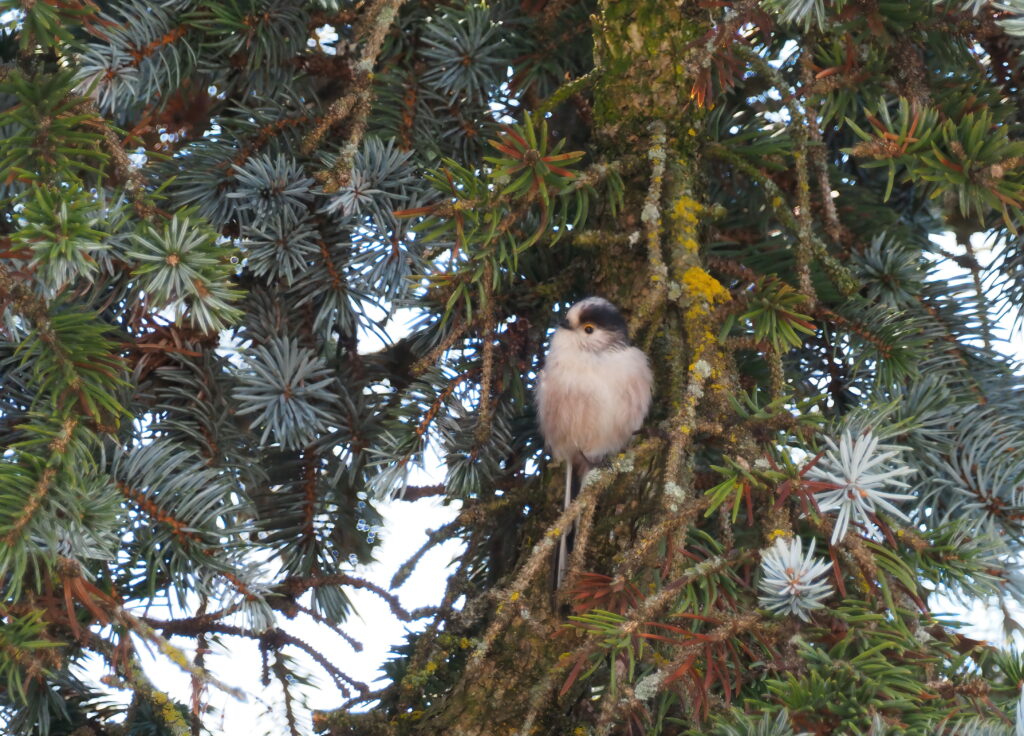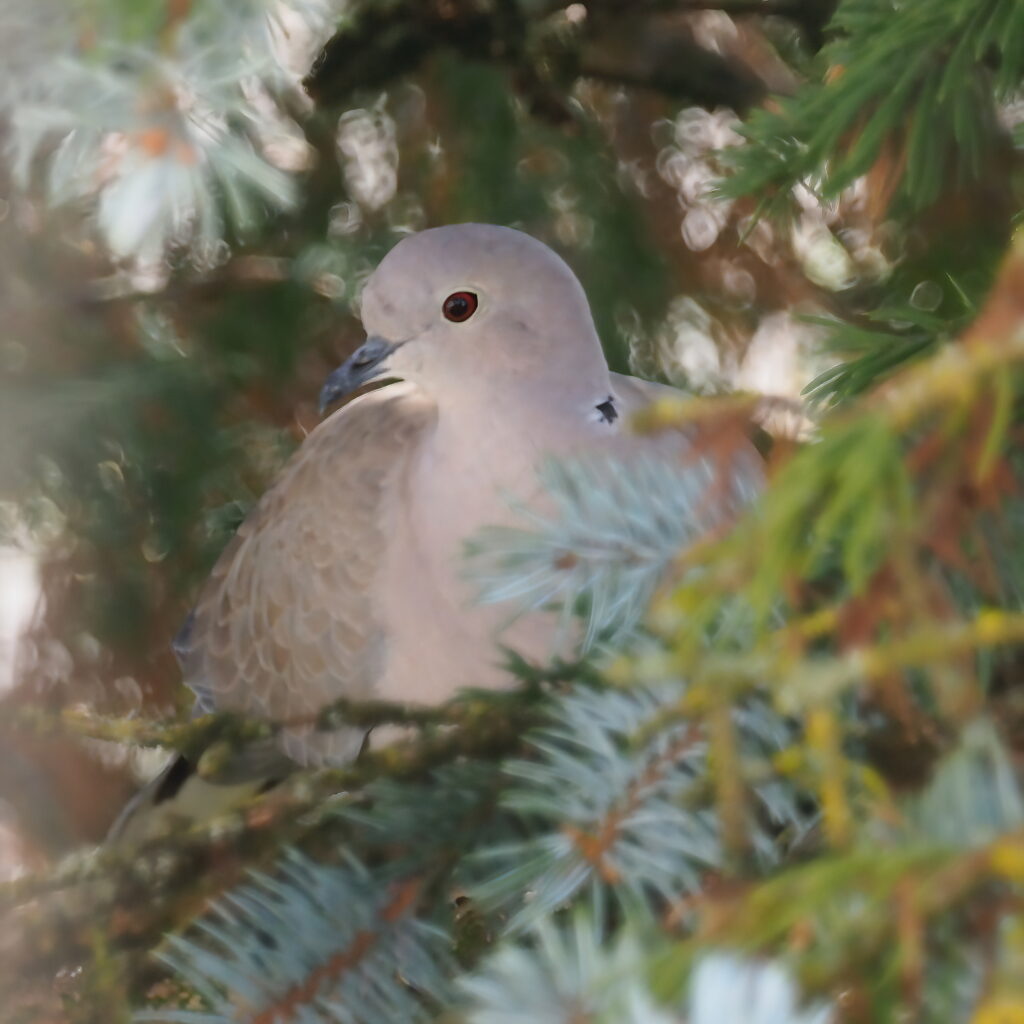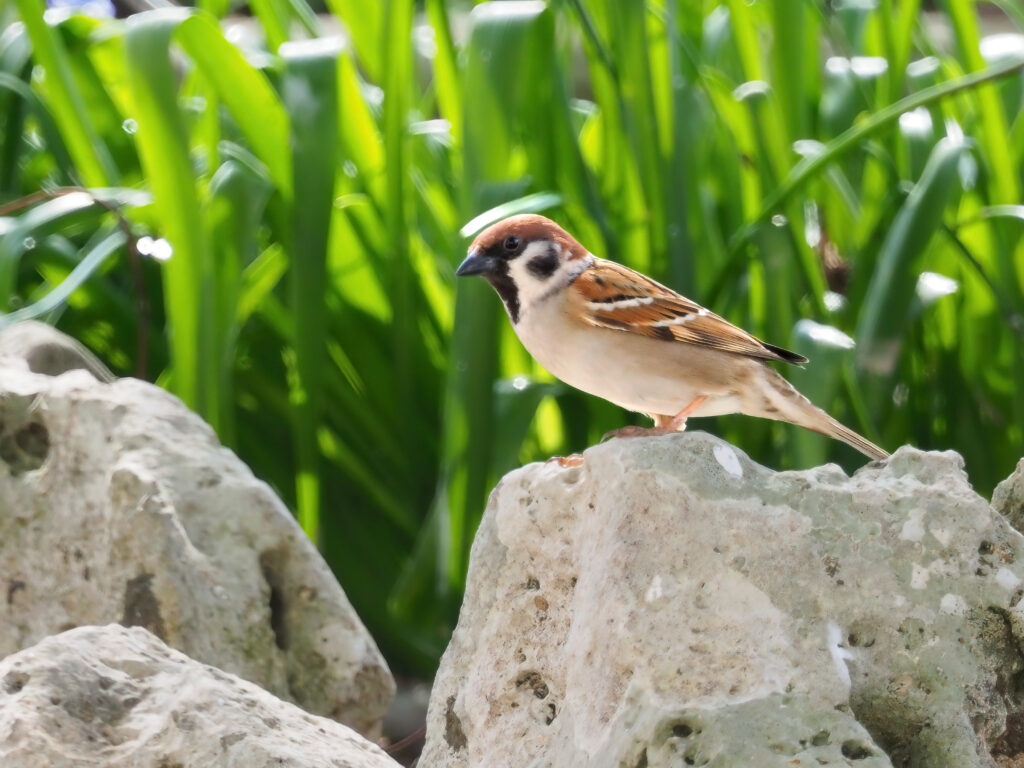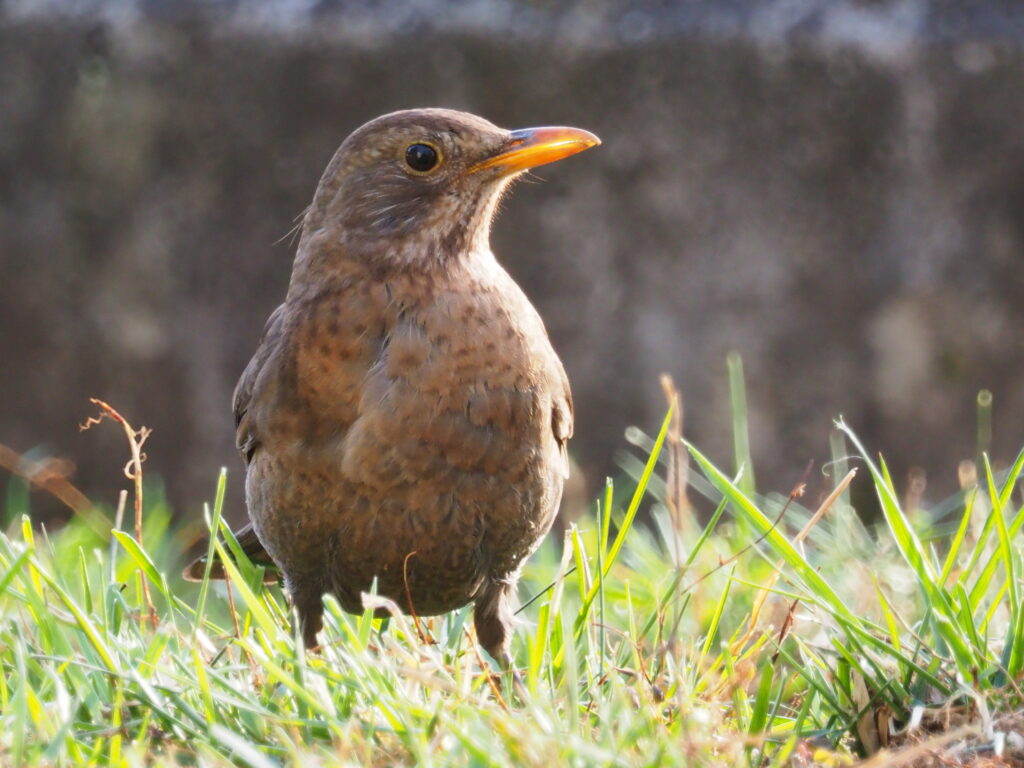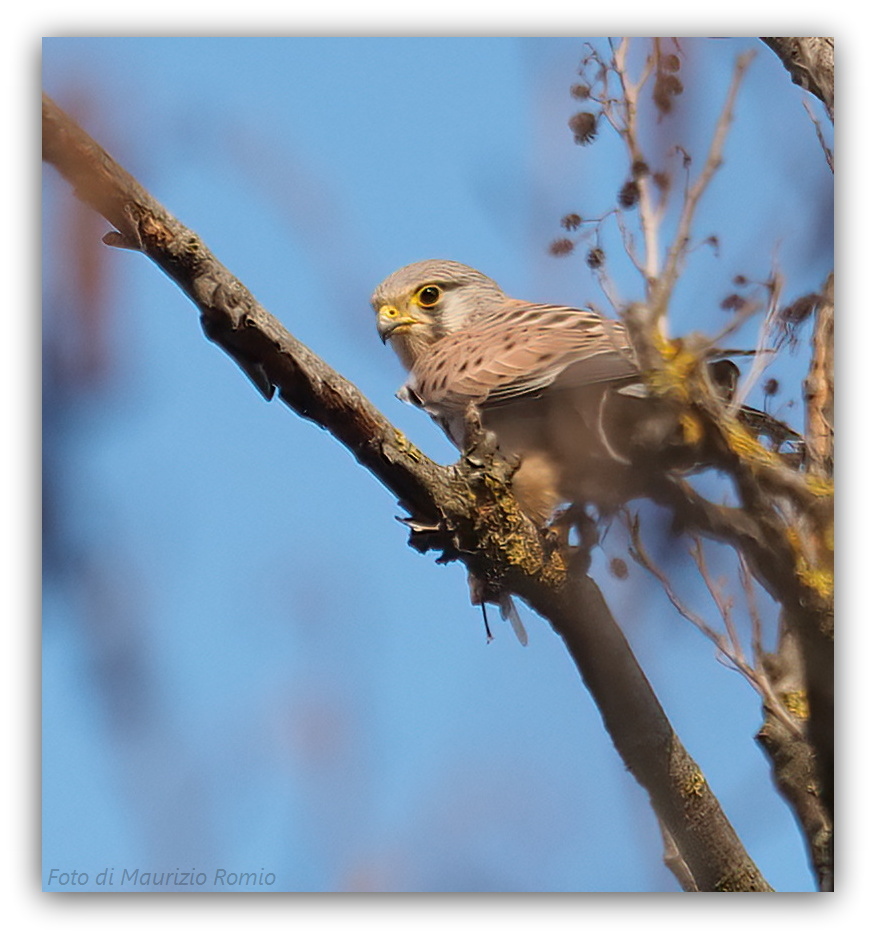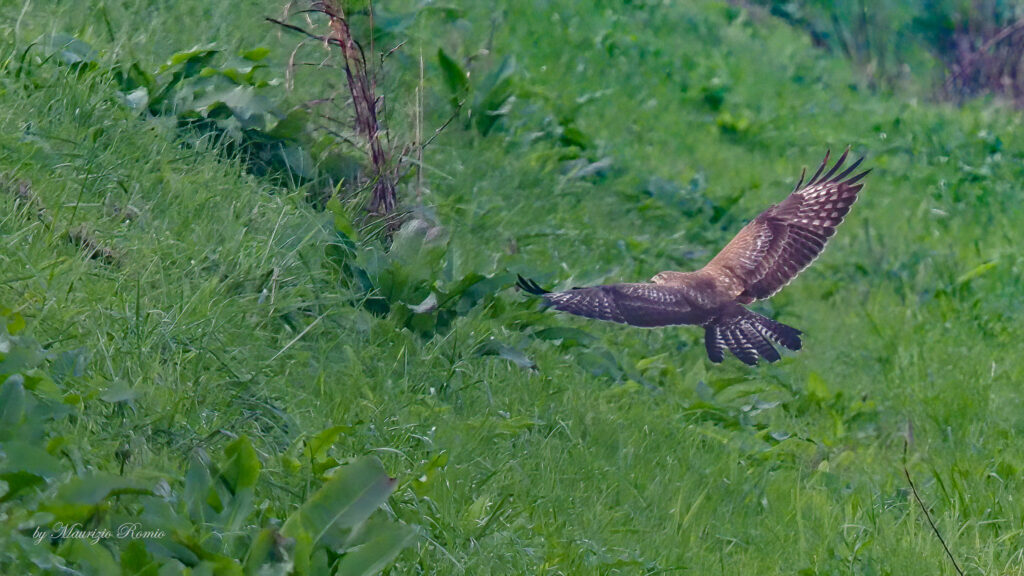
Da poco ho aggiunto al mio corredo fotografico il recente teleobiettivo della OM System, l’M. Zuiko 150-600mm 5.0-6.3 IS.
Un teleobiettivo, il 150-600mm, con spiccate peculiarità per l’avifauna e quindi mi son detto: “Perché non provarlo direttamente nel suo ambiente più naturale, nel parco naturale del Delta del Po?”
Pubblico quindi di seguito una serie di immagini frutto di questi primi approcci all’uso di questo zoom super tele micro quattro terzi 150-600mm della OM System che, nel formato 35 mm, equivale ad un teleobiettivo 300-1200mm.
Come corpo macchina fotografica ho usato la mia fidata Olympus E-M10 Mark III.
Dal punto di vista meteorologico la giornata dedicata al test presenta una foschia diffusa, una condizione che si presenta di frequente nel mese di novembre, e quindi, “fotograficamente” ci si deve sintonizzare su questa linea d’onda, cercando di cogliere negli scatti ciò che in questo periodo la natura e i suoi “residenti” offrono in termini di colori, situazioni e atmosfera.
Nel corso della giornata ho avuto occasione di scattare alcune immagini ad un rapace molto comune in questi luoghi del Delta del Po, la Poiana comune, nome scientifico Buteo buteo Linnaeus, 1758.
Osservando la Poiana comune nel suo ambiente naturale ho potuto cogliere alcuni aspetti dei suoi momenti di caccia.
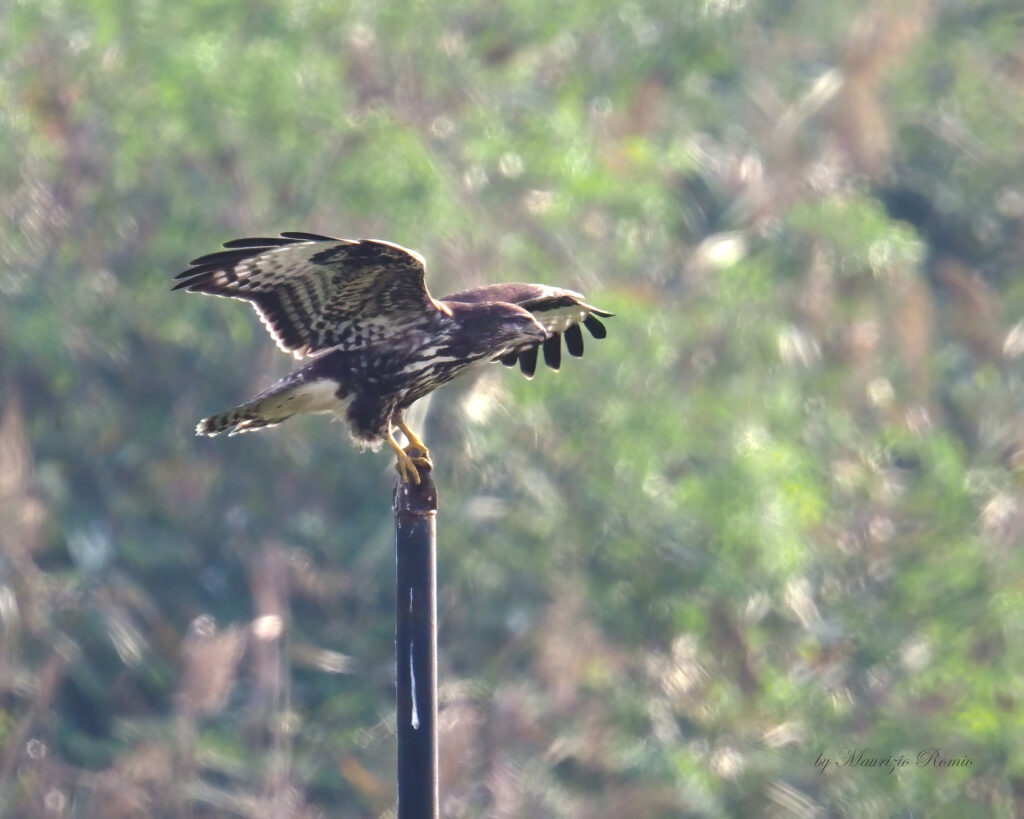
Eccola ritratta appoggiata su un punto di osservazione dominante dal quale osserva l’ambiente circostante pronta a scattare verso una possibile preda.
Nelle due immagini che seguono invece possiamo notare una poiana comune nascosta fra l’erba mentre scruta la folta vegetazione di un piccolo corso d’acqua.
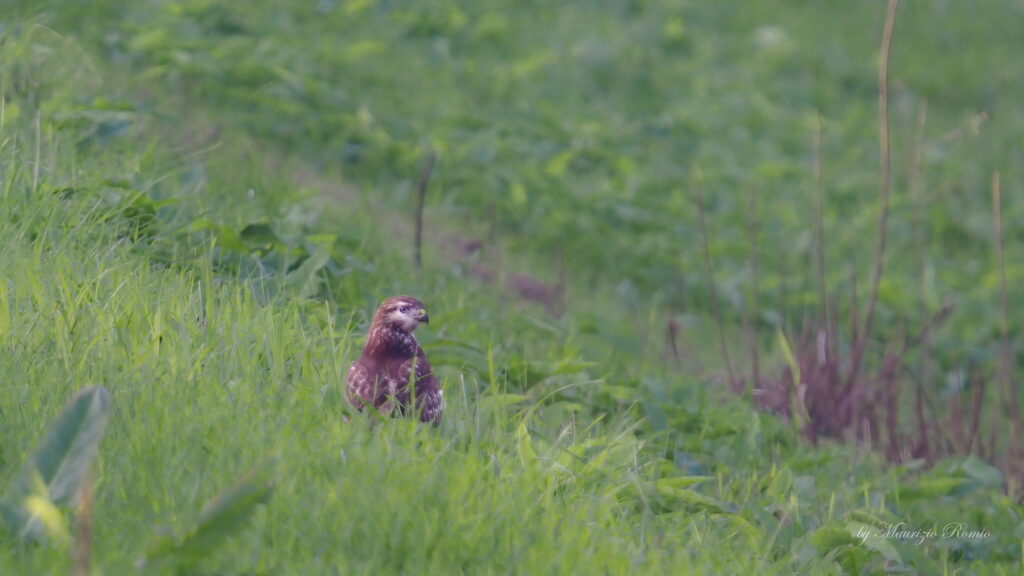
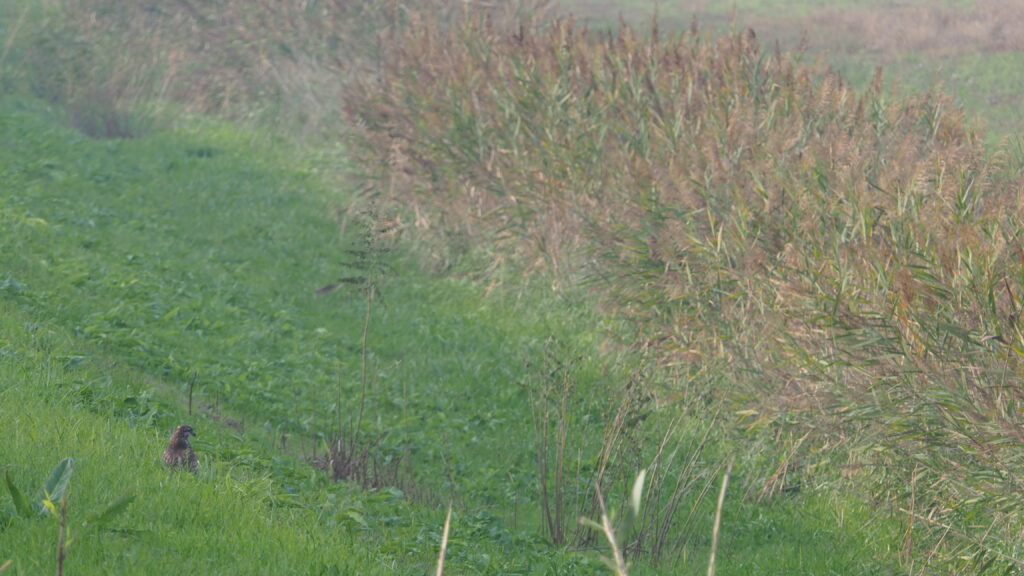
Oppure la possiamo cogliere in volo lungo le sponde di un argine
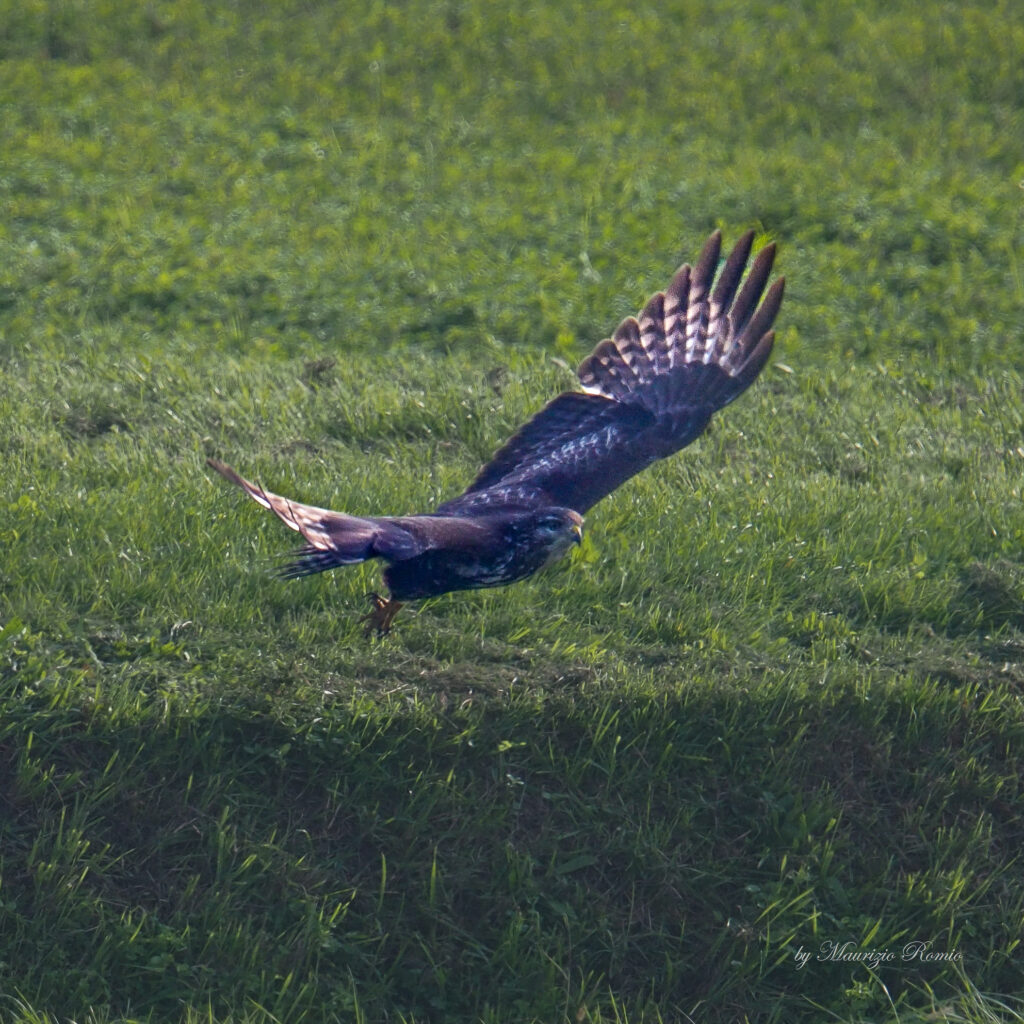
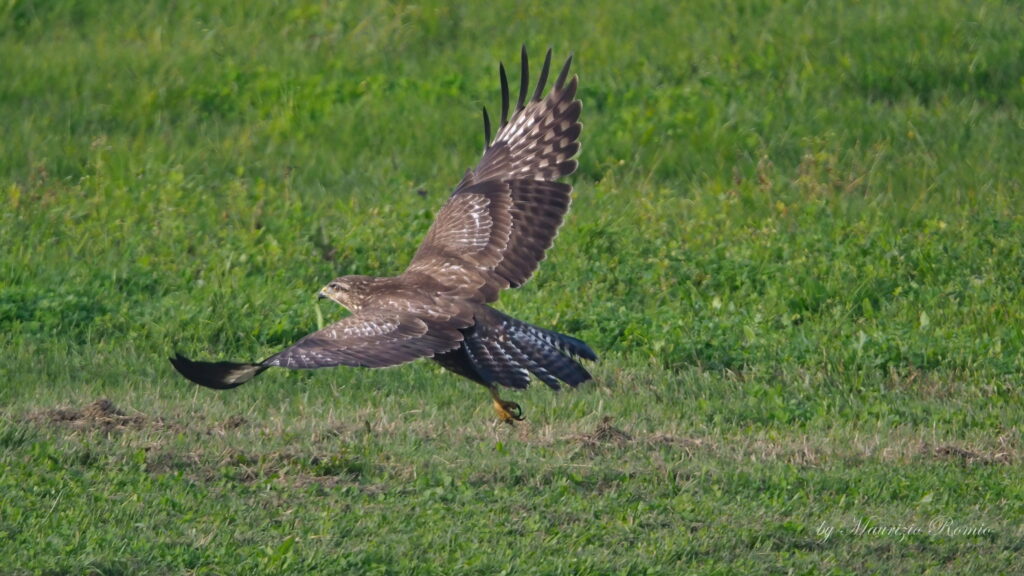
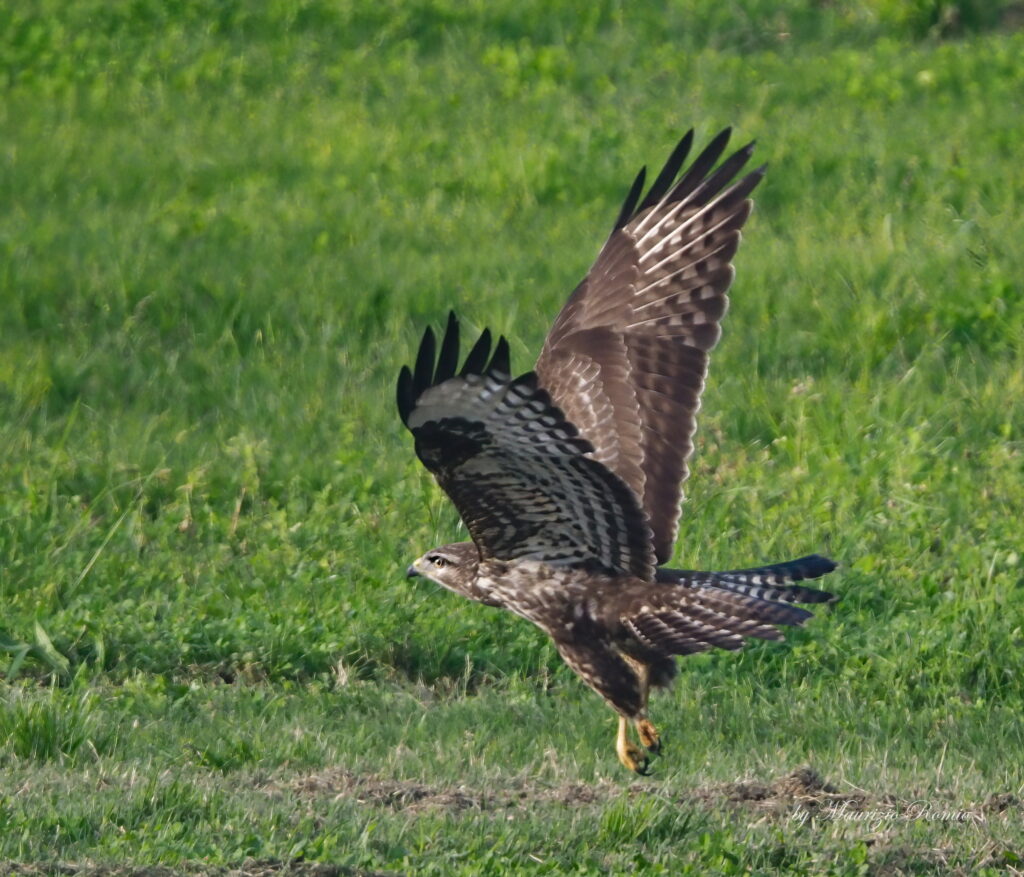
Nell’immagine seguente vediamo una poiana ferma a terra in un punto dove il colore marrone predominante del suo piumaggio si mimetizza con il colore dell’ambiente circostante (click sull’immagine per ingrandire)
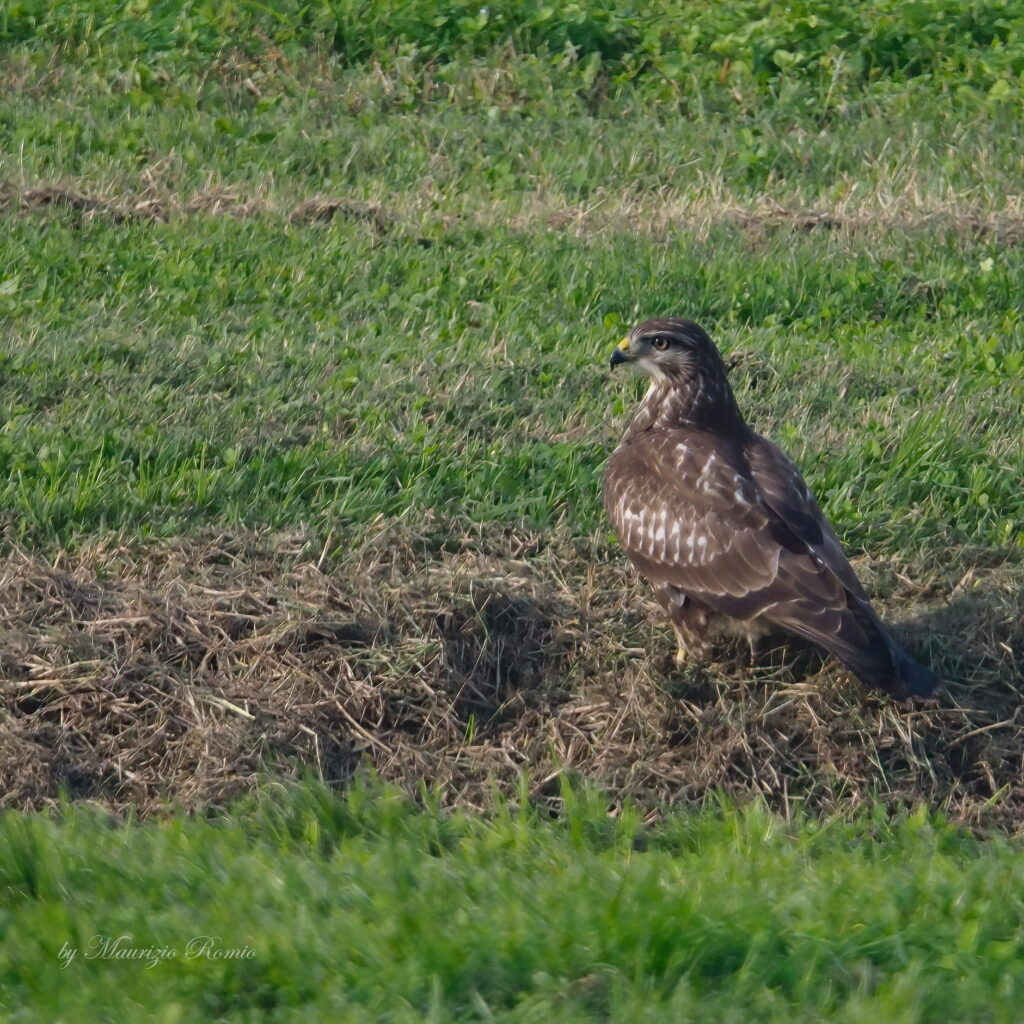
Altre immagini che ho scattato nel corso della giornata che ho dedicato al birdwatching.
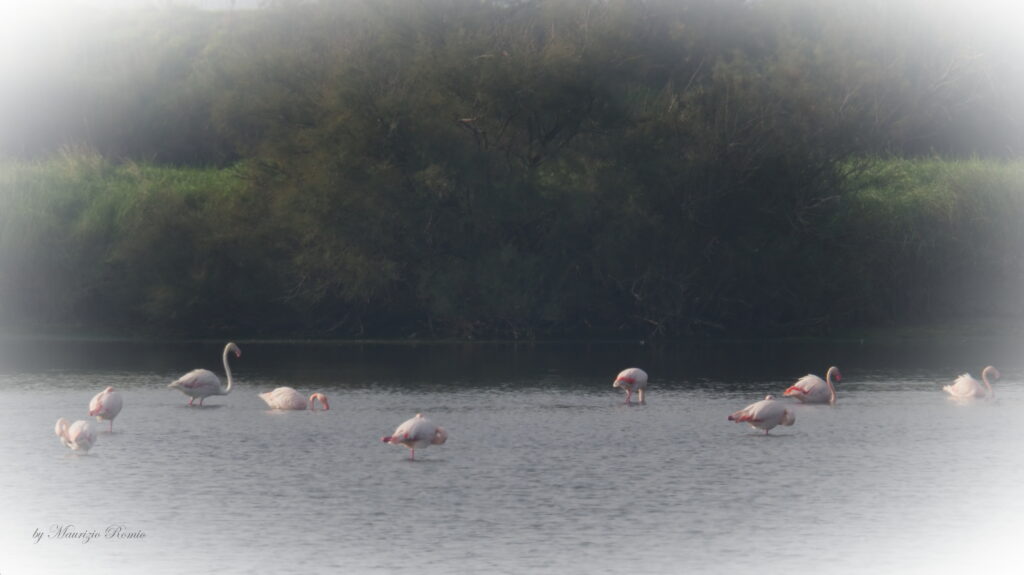
Fotografata una rara nutria albina
In natura incontrare una nutria selvatica albina è molto raro. L’albinismo è una mutazione genetica poco presente nel regno animale e consiste nell’assenza della melanina, la sostanza che dà colore alla pelle, ai capelli e agli occhi con lo scopo di proteggere questi organi dalla luce solare.
Per questo motivo chi presenta questa forma di anomalia genetica è più a rischio di sopravvivenza, sia perché meno difeso difronte alle malattie e sia perché l’animale albino che vive in natura è più vulnerabile ai suoi predatori data la sua poca mimetizzazione nell’ambiente in cui vive.
Ecco perché in natura è estremamente raro incontrare un animale selvatico albino.
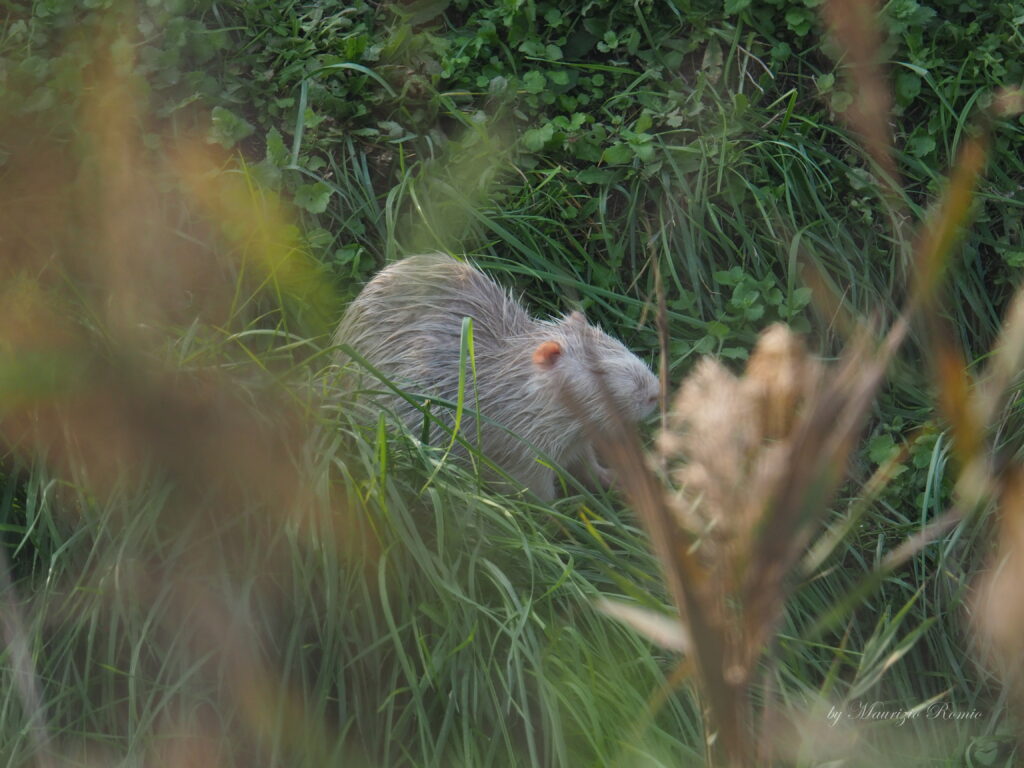
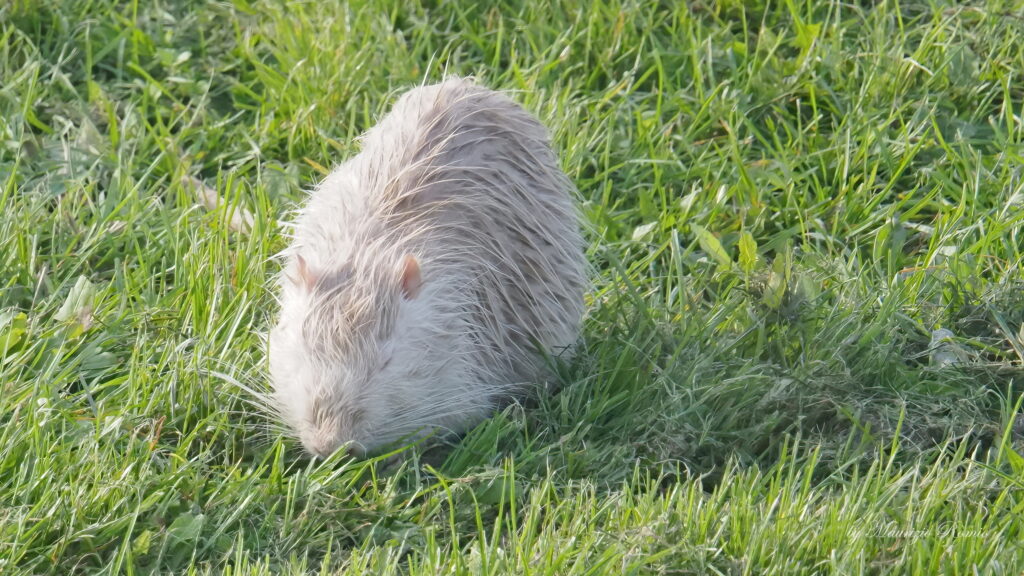
Per la ripresa di queste immagini ho utilizzato la seguente attrezzatura fotografica:
Macchina fotografica: Olympus E-M10 Mark III
Lente: Teleobiettivo OM SYSTEM M.Zuiko Digital ED 150-600mm F5.0-6.3 IS
Luoghi dello scatto: Sacca degli Scardovari – Porto Tolle (Rovigo)
Un cordiale saluto ai visitatori del blog. Maurizio Romio

